Sage green has surged in popularity as a soothing, versatile hue that bridges modern minimalism and timeless comfort. Whether used as a dominant paint shade or in smaller accent pieces, it effortlessly harmonizes with natural materials, bold colors, and a variety of textures to create serene, inviting spaces. From powder rooms and kitchens to living rooms and outdoor areas, sage green can function as a neutral backdrop or a statement accent. Below, you’ll find twenty thoughtfully curated ideas to incorporate this calming shade into every corner of your home, each backed by inspiration from leading design authorities.
1. Sage Green Accent Wall
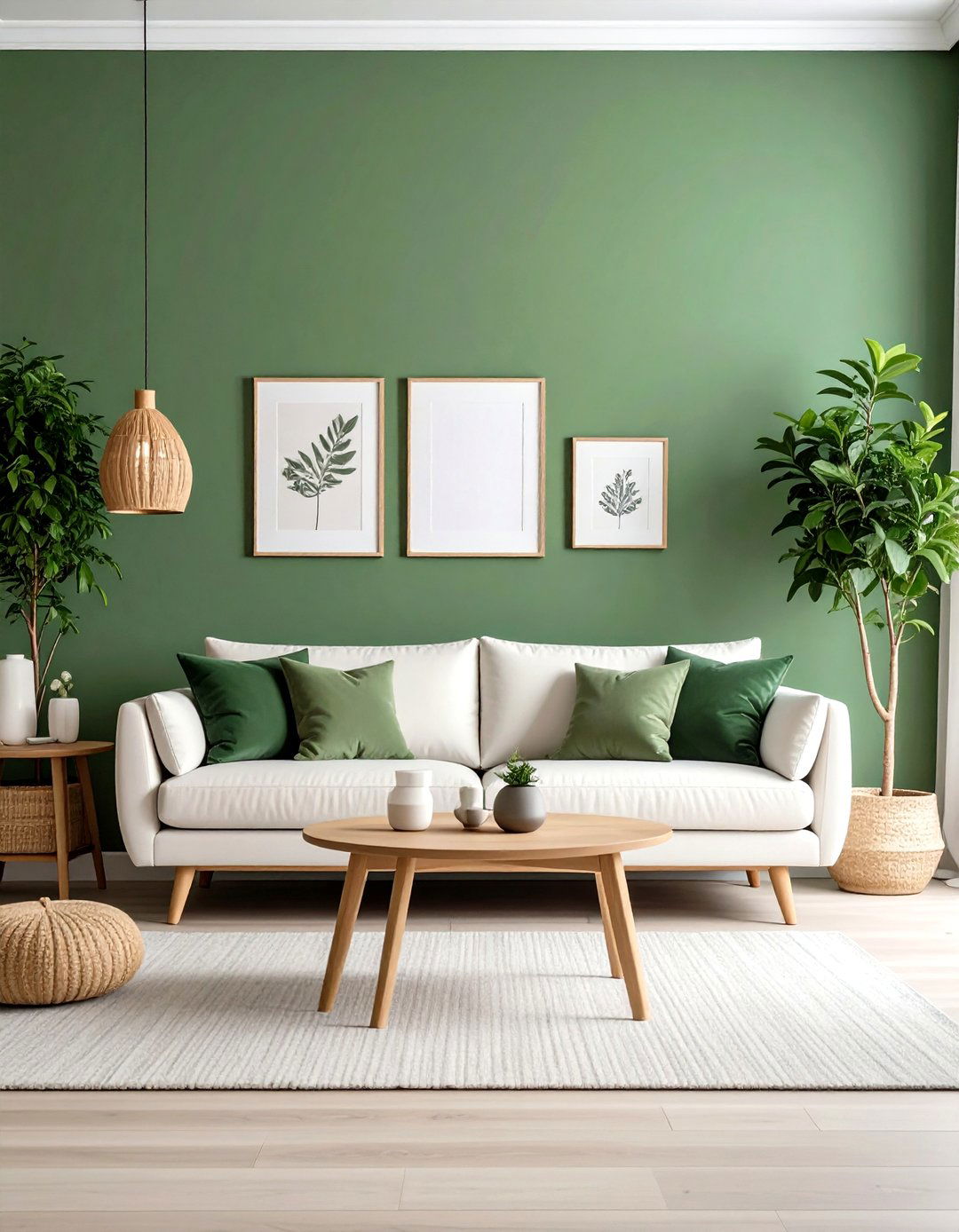
Painting a single wall in sage green instantly transforms a room’s atmosphere, adding depth without overwhelming the space. Ideal for living rooms or bedrooms, this approach works equally well behind a sofa or headboard, creating a focal point that highlights furniture and artwork. Pair with crisp white trim and light wood furnishings to emphasize the color’s muted vibrancy, and allow natural light to accentuate its subtle gray undertones. Designers note that a mid-tone sage like Benjamin Moore’s Saybrook Sage provides cozy sophistication and complements both warm and cool palettes.
2. Sage Green Cabinetry

Introducing sage green on kitchen or bathroom cabinets offers a fresh, nature-inspired alternative to stark white or dramatic navy. This tranquil tone pairs beautifully with brass hardware and marble countertops, delivering an organic yet polished look. In kitchens, sage cabinets can balance bold backsplash patterns, while in bathrooms they foster spa-like serenity when matched with white tile and natural wood accents. The hue’s adaptability ensures it enhances both traditional and contemporary cabinetry styles.
3. Sage Green Throw Pillows
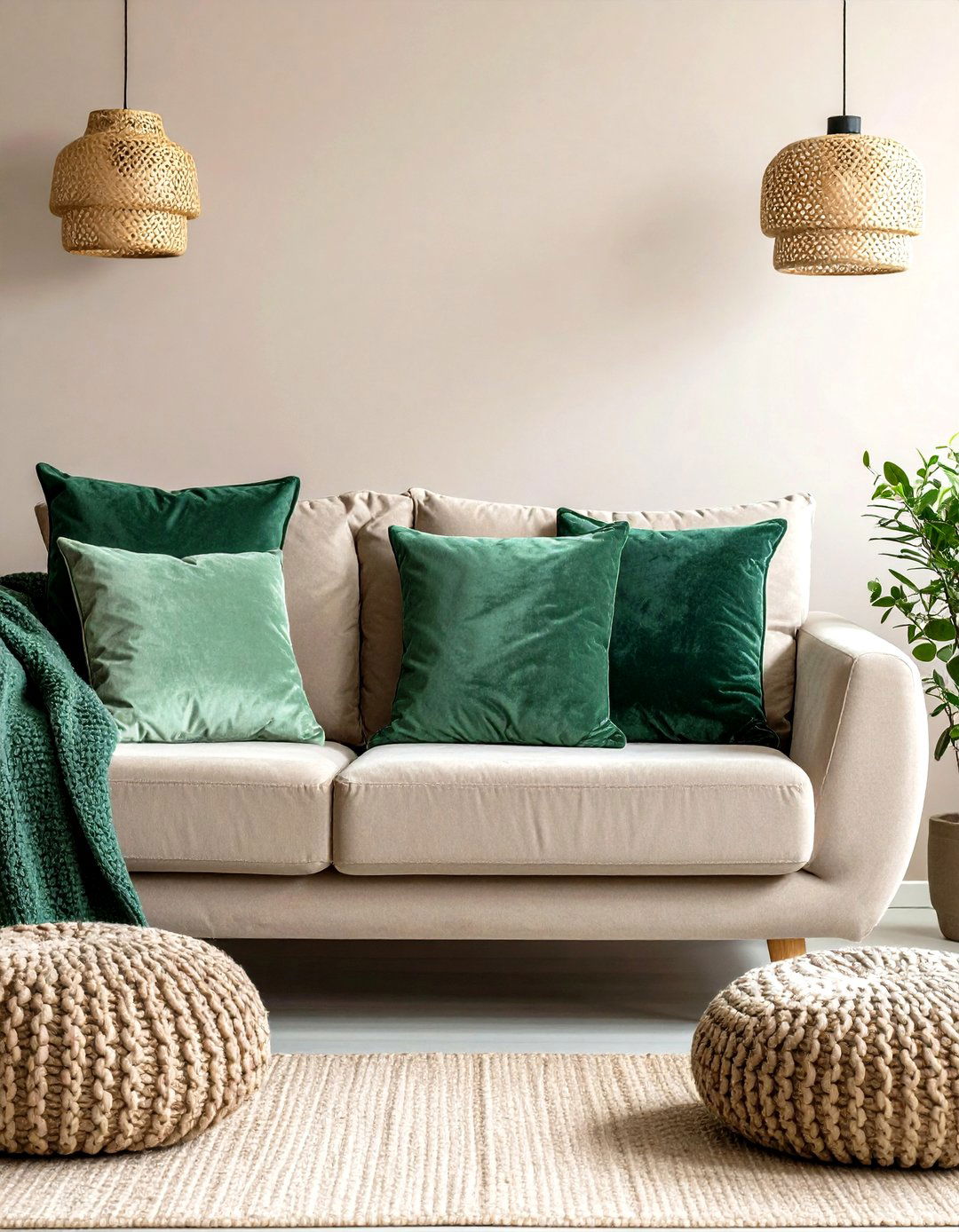
For an effortless decor update, scatter sage green throw pillows across sofas, armchairs, or beds. Choose pillows in varying textures—velvet, linen, or chunky knits—to add dimensional interest while keeping the color story cohesive. This small-scale application allows experimentation with complementary hues like blush pink, mustard yellow, or charcoal gray without committing to large surfaces. It’s an accessible way to test the trend or refresh existing decor.
4. Sage Green Area Rugs
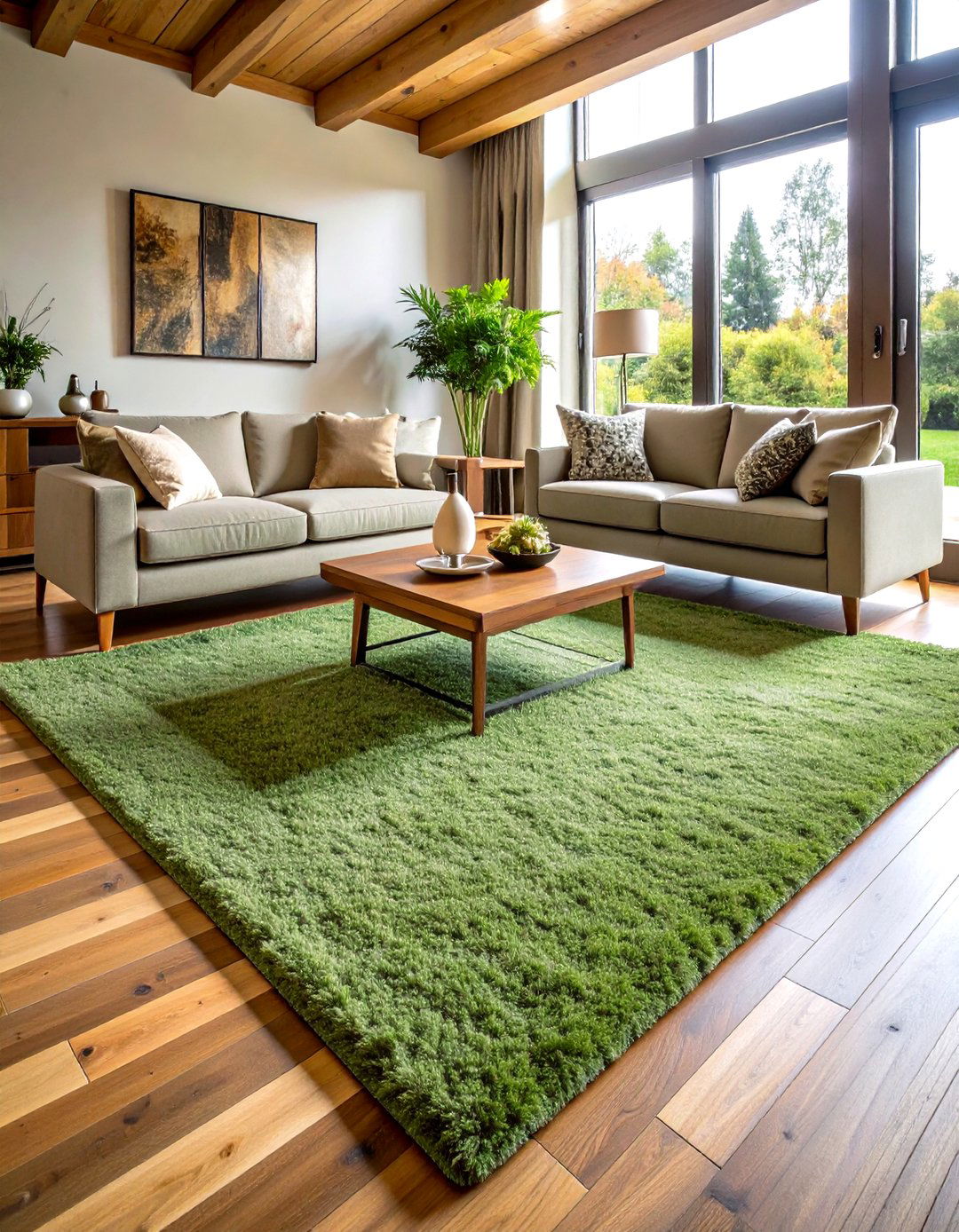
A sage green area rug grounds furniture groupings and unifies palettes across open floor plans. Whether woven from natural jute or featuring subtle geometric patterns, a green rug brings warmth underfoot and reinforces a botanical theme. In neutral rooms, it becomes the anchor that coordinates wood tones and metallic accents, while in colorful interiors, it provides a calming counterpoint. Opt for low-pile varieties in dining rooms for easy maintenance or plush versions in living areas for added comfort.
5. Sage Green Upholstered Furniture
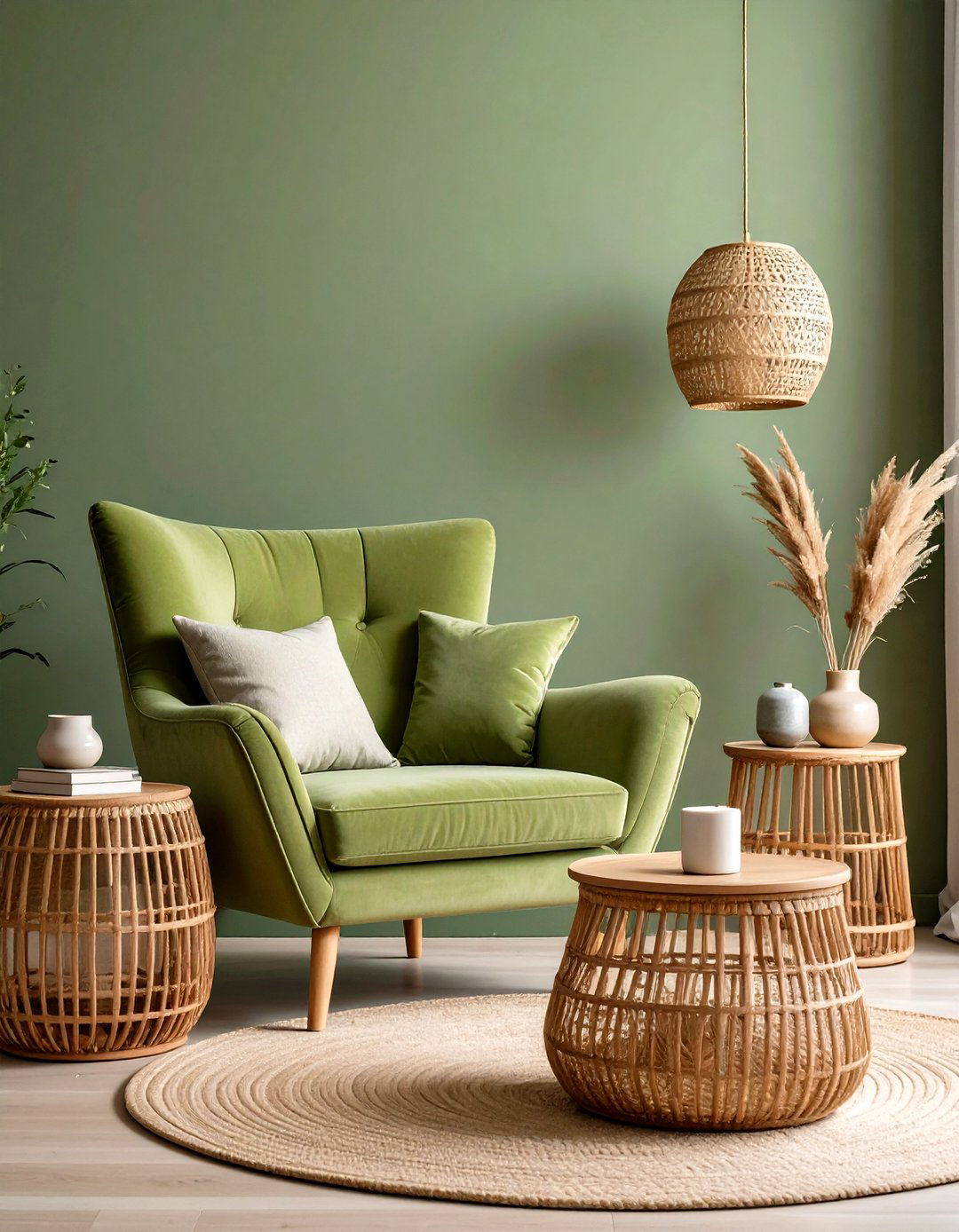
Upholstering a statement chair or sofa in sage green fabric creates an elegant centerpiece. Linen or cotton-blend materials suit this muted hue, offering durability and casual refinement. A velvet armchair in sage elevates lounge areas with subtle luxury, while a sage-green loveseat pairs well with leather ottomans or rattan side tables. This approach balances personality with versatility; the soft green serves as a neutral base that accommodates seasonal textile swaps.
6. Sage Green Bedding
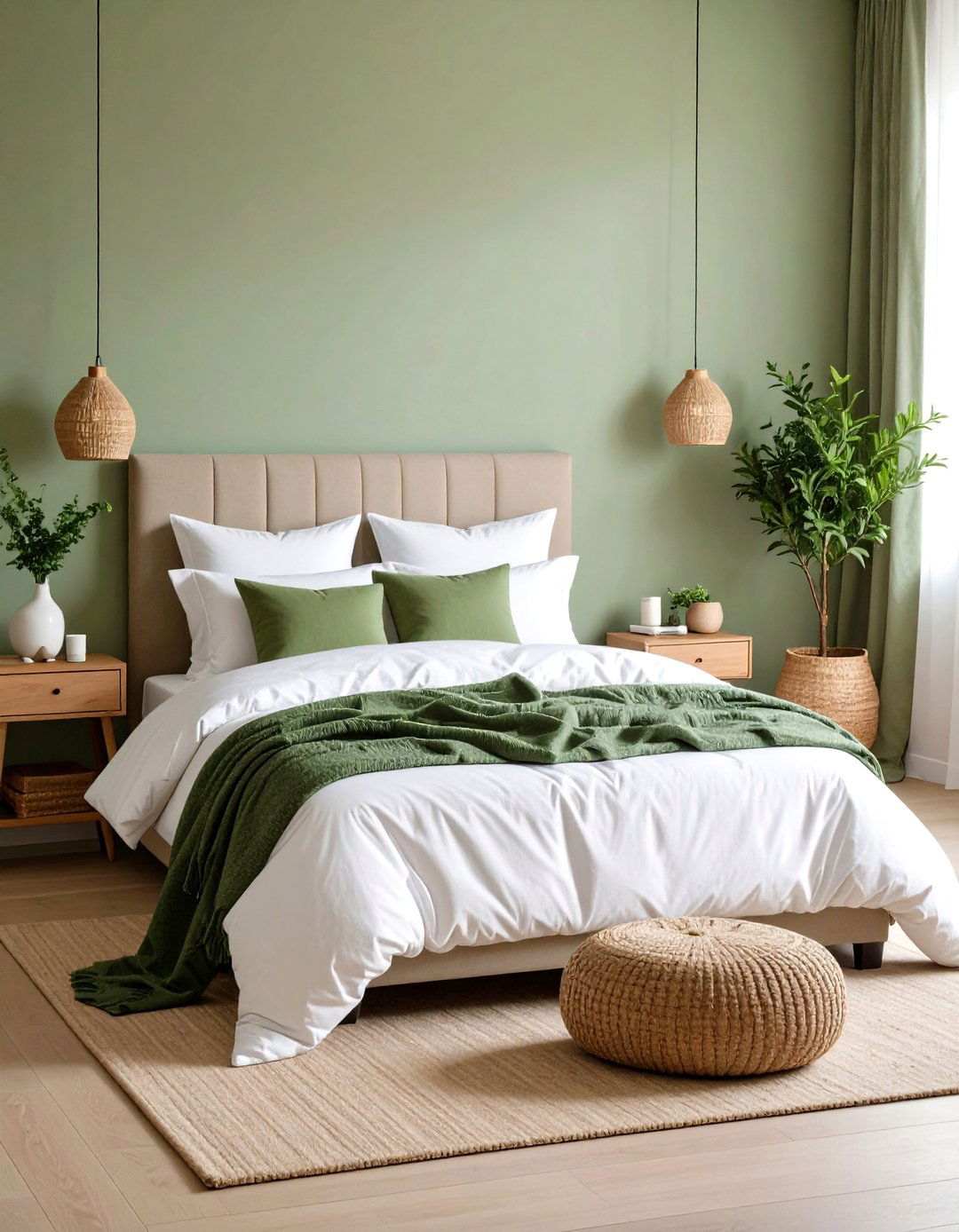
In bedrooms, sage green duvet covers or quilt sets cultivate a restful retreat. Combined with crisp white sheets and natural-fiber throws, the palette evokes spa-like calm. Layering with patterned accent pillows or a textured throw in ivory or oatmeal prevents monotony and adds depth. Designers recommend choosing washable fabrics like cotton percale or linen blends to maintain crispness and breathability, enhancing both style and comfort.
7. Sage Green Curtains
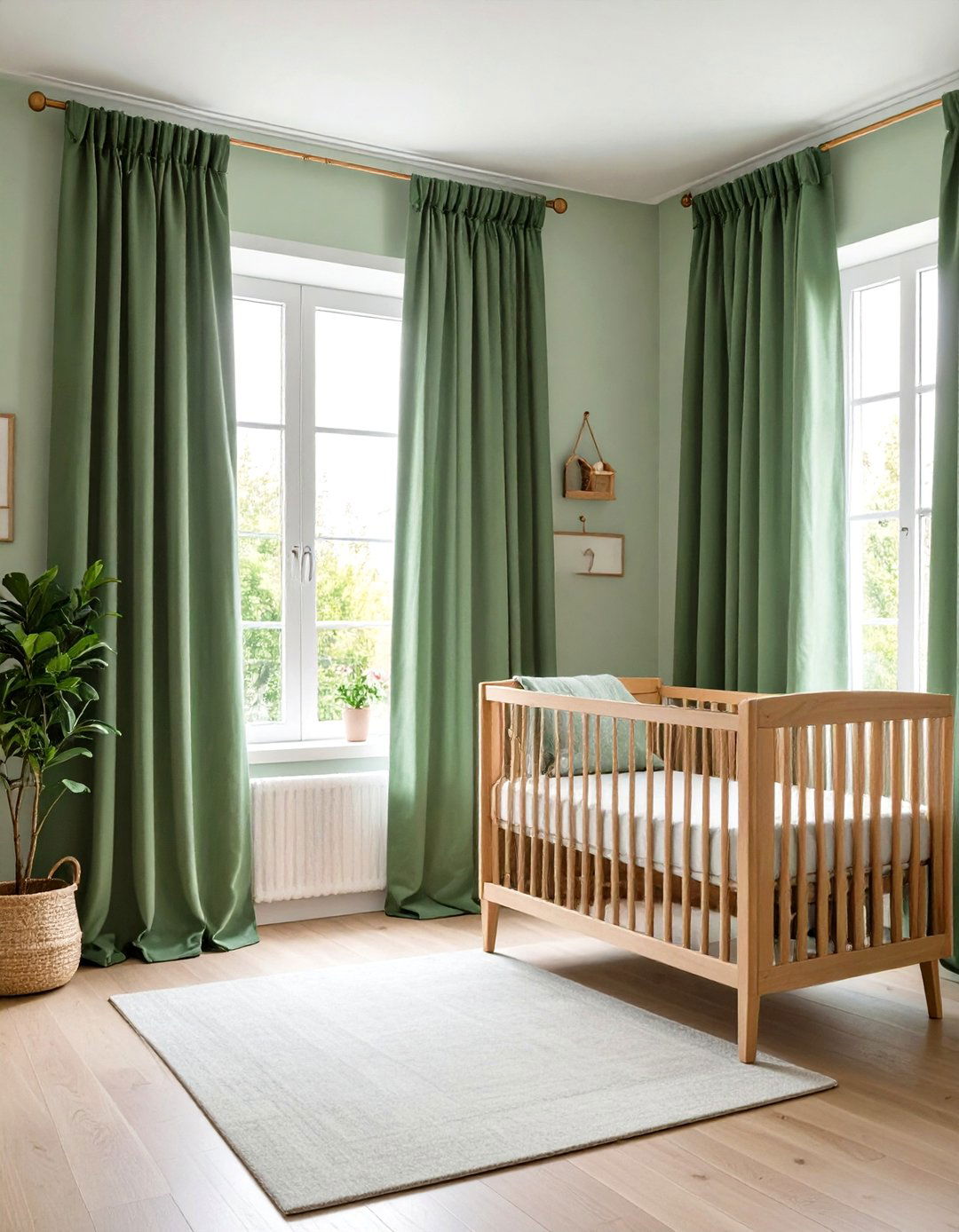
Floor-to-ceiling sage green drapes soften window treatments and filter light with a gentle, leaf-like glow. Sheer or semi-opaque materials maintain privacy while allowing sunshine to illuminate interiors. In spaces with white walls, these curtains introduce color without committing to paint. For added interest, consider pairing sage curtains with patterned tiebacks or contrasting curtain rods in black or antique brass finishes.
8. Sage Green Kitchen Backsplash

Incorporate sage green through glass or ceramic tile backsplashes for a fresh, modern kitchen update. Subway tiles in this hue offer a twist on the classic white, while hexagonal or scalloped designs add playful geometry. This approach imbues the space with tranquility, complementing stainless-steel appliances and marble countertops. Seal grout lines properly to preserve color integrity and ease cleaning.
9. Sage Green Bathroom Tiles
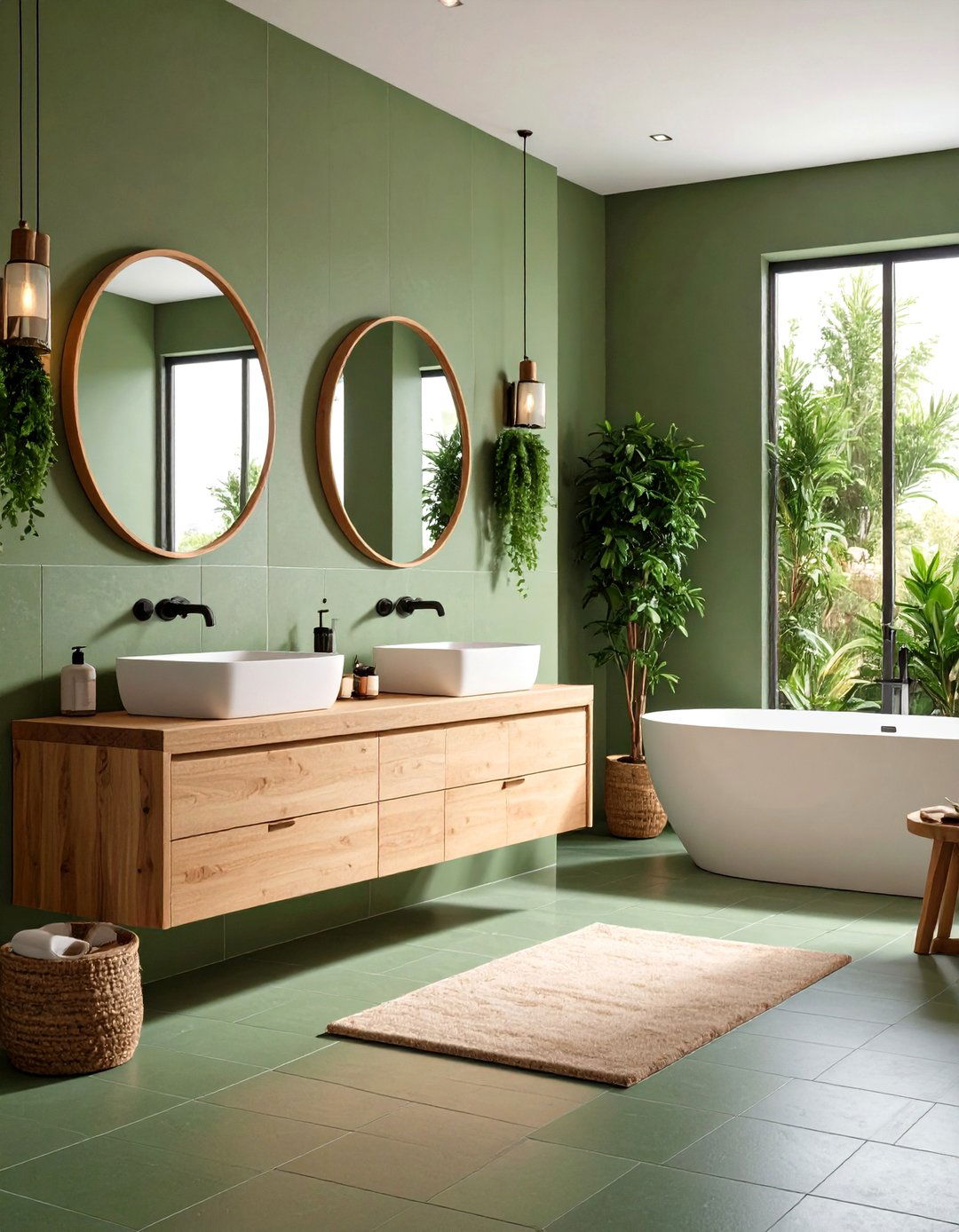
Sage green tiles in bathrooms, whether on floors or shower walls, contribute to a serene, spa-inspired feel. Matte-finish tiles in large formats minimize grout lines and create a sleek look, while smaller mosaic tiles bring textural interest. Pair with white or cream fixtures and natural wood vanities to accentuate the green’s organic appeal. Top designers note that muted greens like Vert de Terre are ideal for fostering relaxation in wet spaces.
10. Sage Green Planters and Greenery
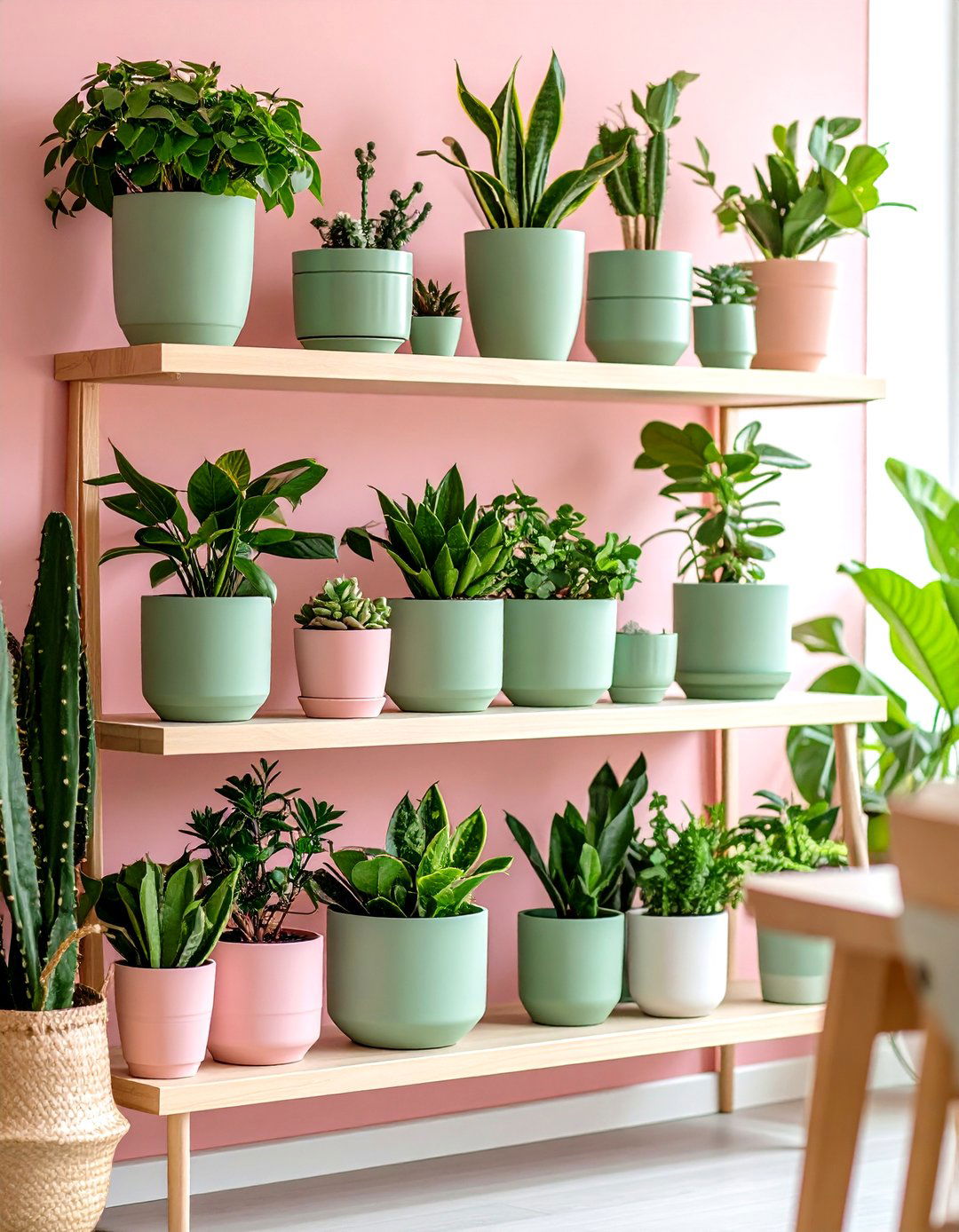
Echo nature by choosing planters in sage green tones to house indoor plants. The monochromatic harmony between pot and foliage underscores lush greenery while keeping the overall look sophisticated. Ceramic, terracotta, or matte-glazed planters suit various decor styles. Cluster pots of different heights and shapes on shelves, window sills, or plant stands for a curated botanical display.
11. Sage Green Wall Paneling
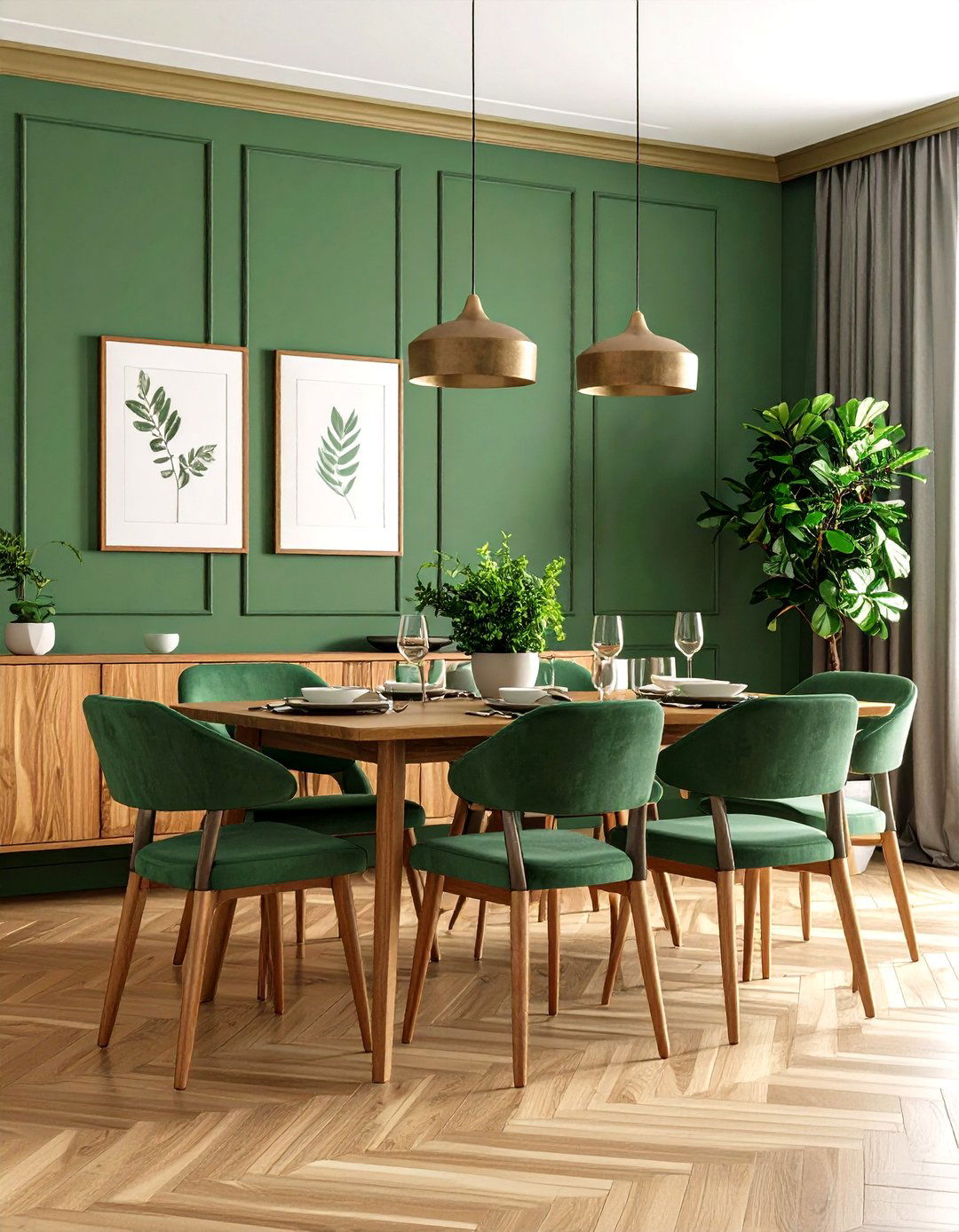
For a subtle textural upgrade, install tongue-and-groove or shaker-style paneling painted sage green. This technique adds architectural interest to dining rooms, hallways, or home offices. The combination of linear grooves and soft color delivers a timeless backdrop that highlights art and wall-mounted shelving. Designers often leave trim and moldings the same shade for a seamless, built-in effect.
12. Sage Green Artwork
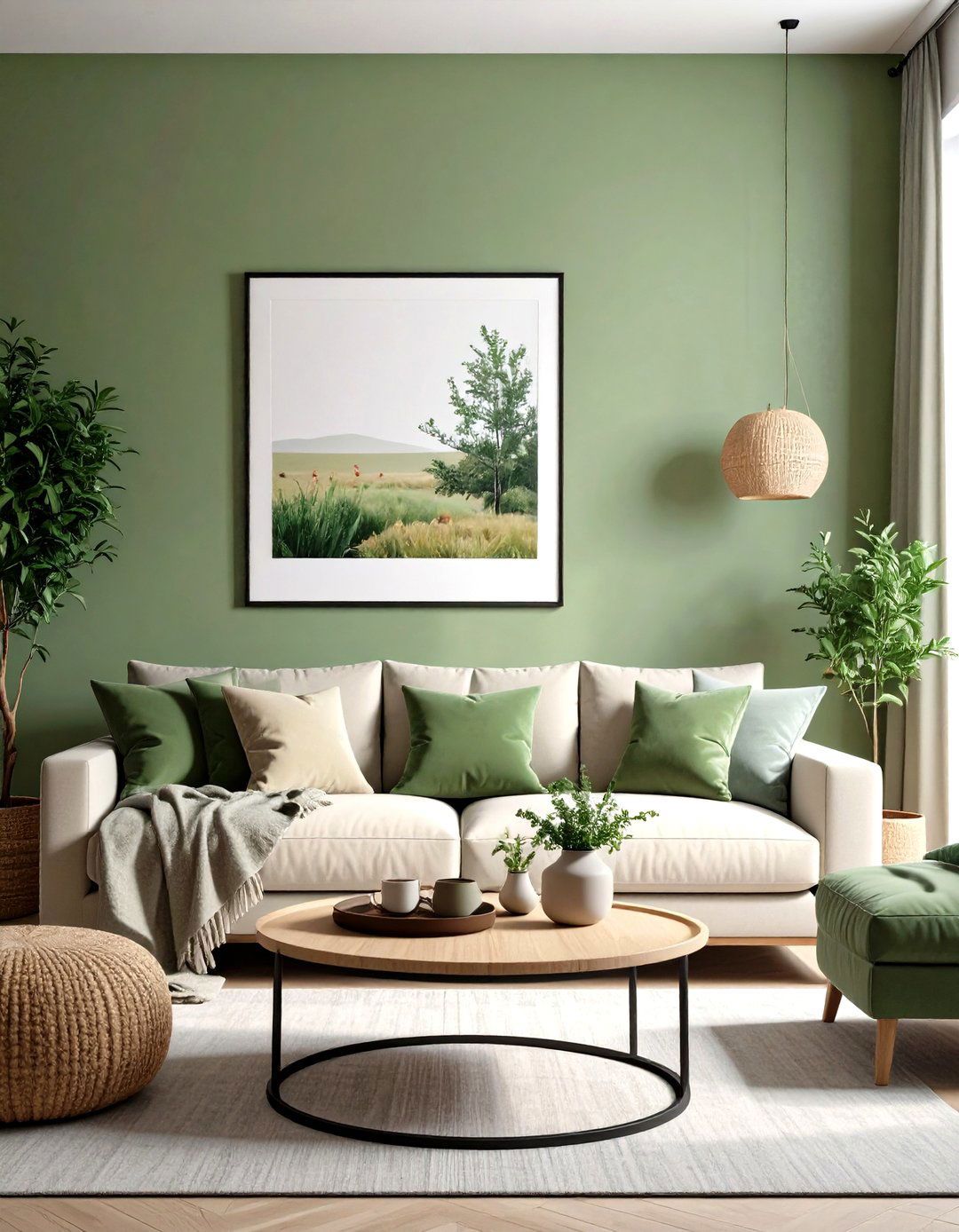
Choose artwork featuring sage green accents—landscape paintings, botanical prints, or abstract pieces—to weave the color into walls without repainting. Framed artworks with muted green details can tie together disparate elements in a room and serve as focal points above mantels or consoles. Rotating prints seasonally keeps decor fresh and adaptable.
13. Sage Green Decor Accessories
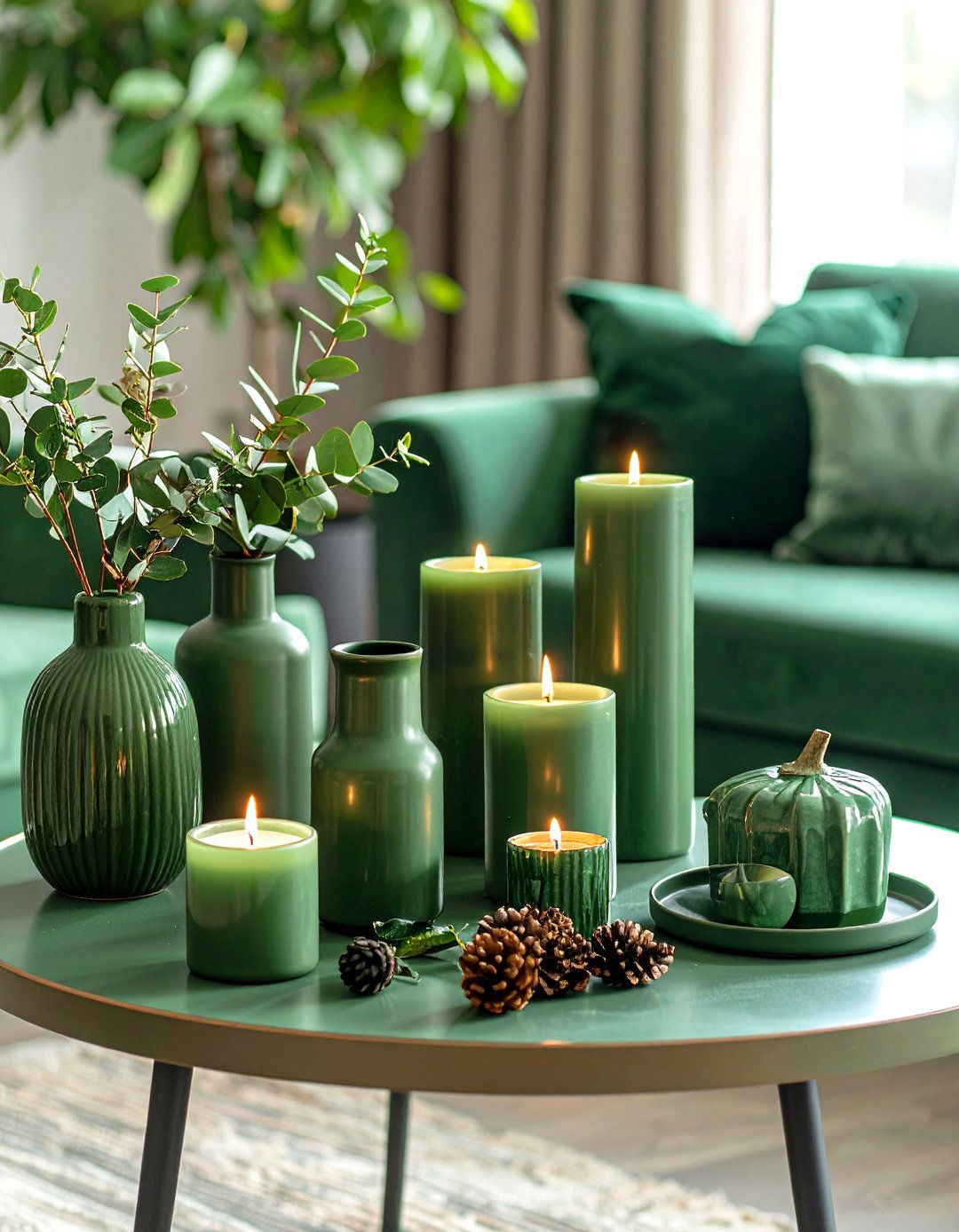
Add sage green accents through candles, vases, picture frames, or decorative trays. These small touches allow for flexibility and layering across shelves, coffee tables, and mantels. Group accessories by color family and vary heights to achieve a balanced vignette. Incorporating metallic elements like brass or copper alongside sage pieces introduces warmth and contrast.
14. Sage Green Outdoor Furniture
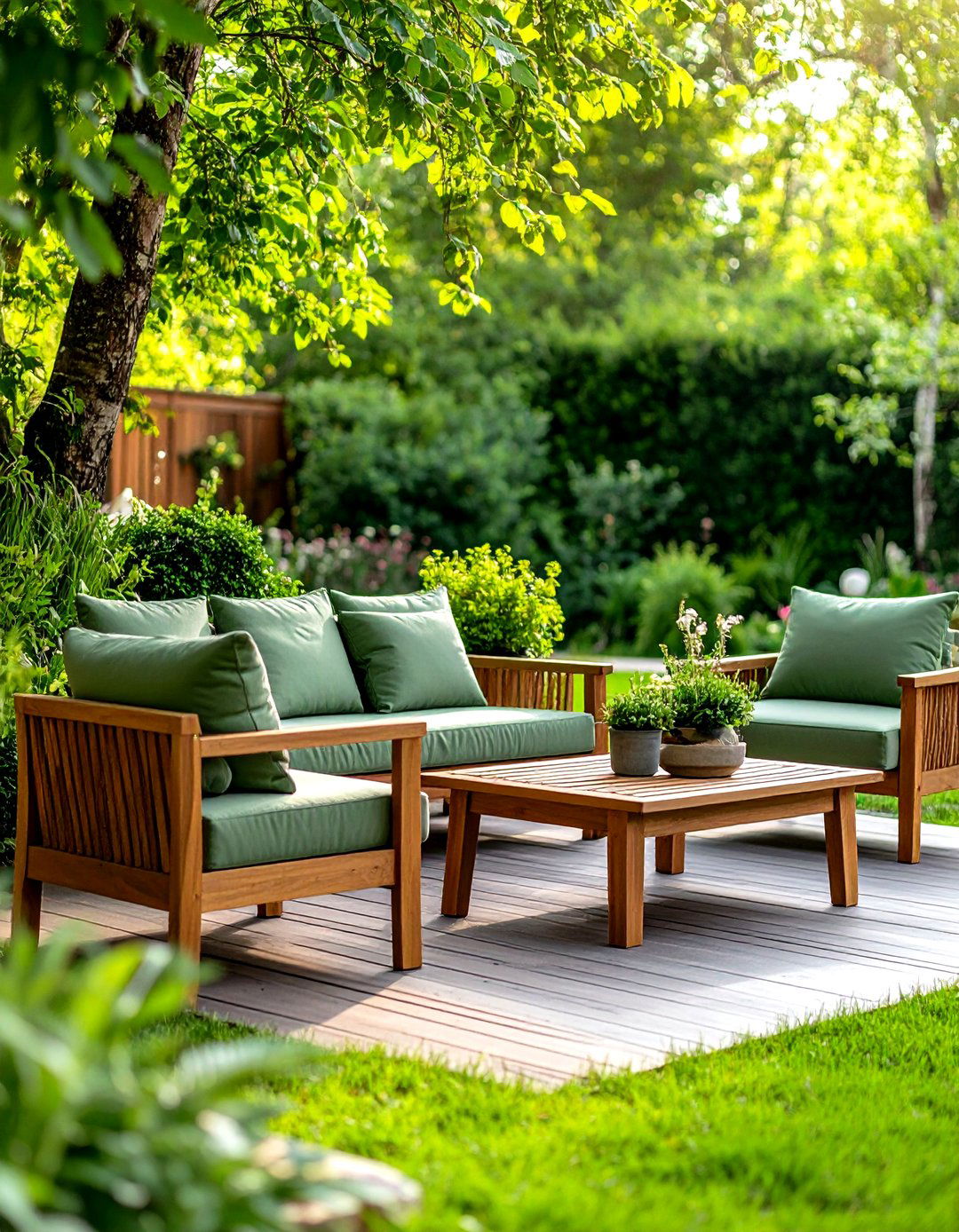
Extend interior tranquility outdoors with sage green cushions, umbrellas, or painted furniture frames on patios and decks. The color complements garden greenery and pairs well with natural stone or wood decking. Outdoor rugs in neutral tones ground seating areas, while sage textiles enhance the serene, al fresco ambiance.
15. Sage Green Dining Room Chairs
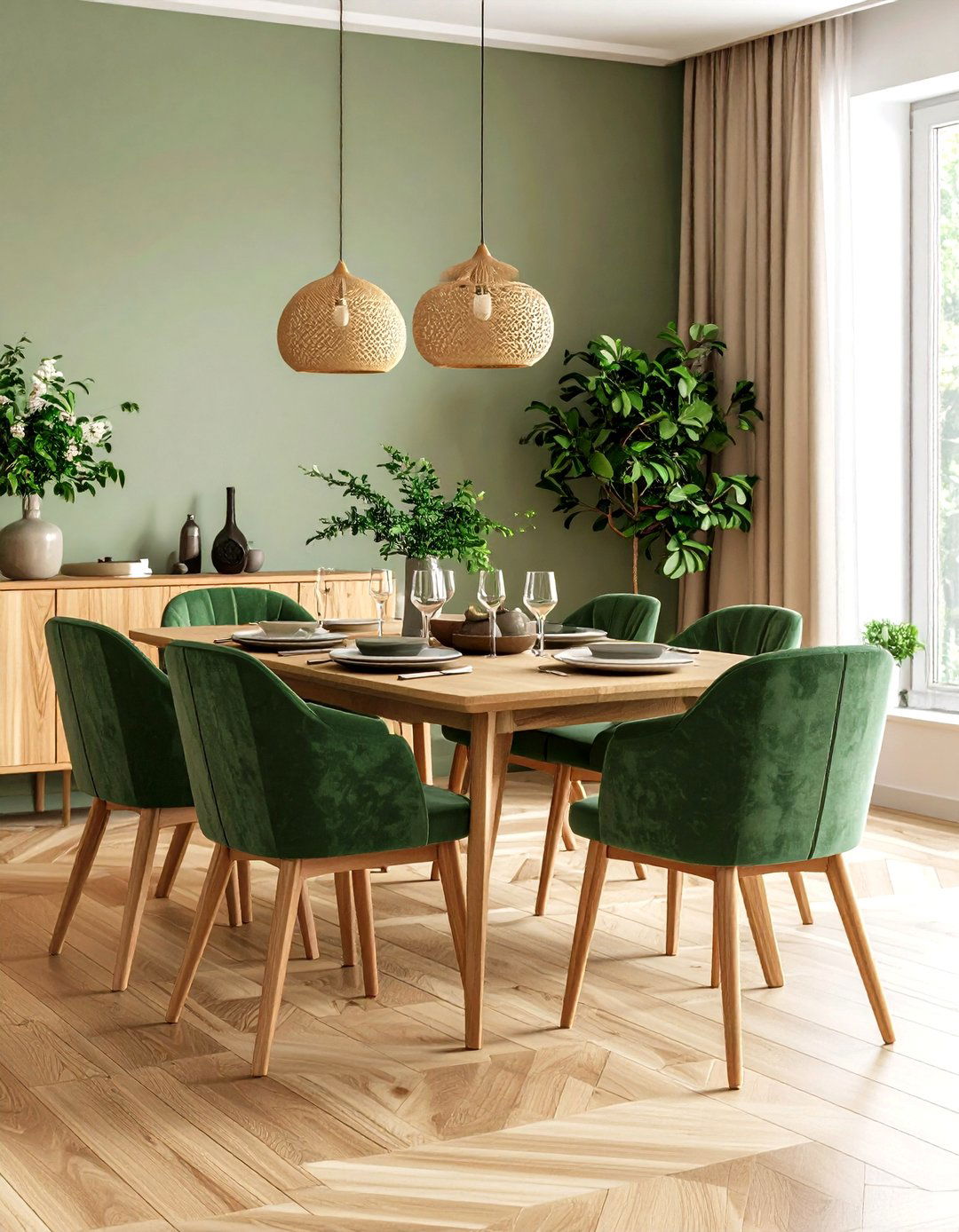
Upholstered dining chairs in sage green velvet or cotton-linen blends lend elegance and comfort. When mixed with neutral chairs or bench seating, they introduce a pop of color without dominating the room. This approach works in both formal dining rooms and casual breakfast nooks.
16. Sage Green Home Office
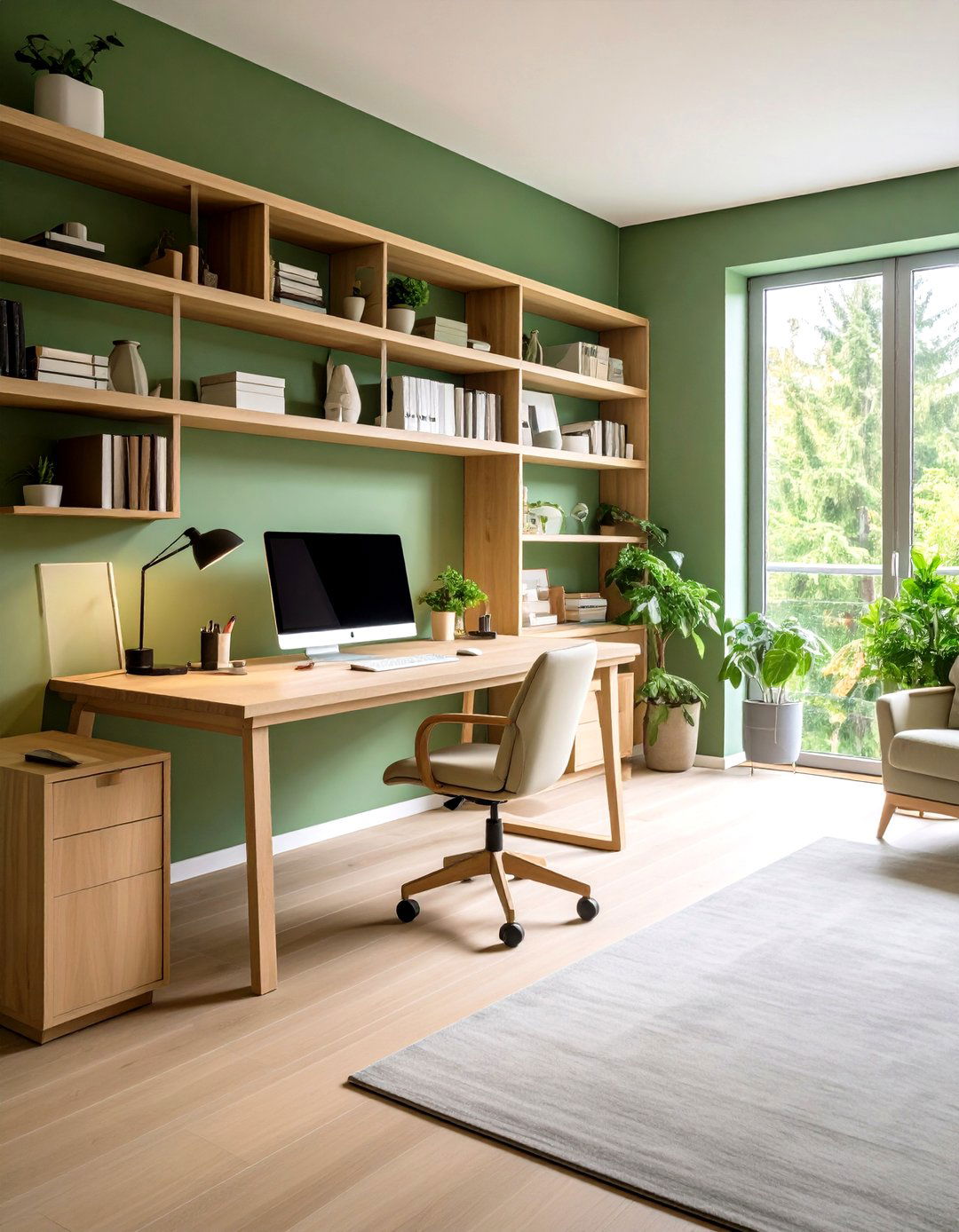
Paint built-in shelving or desk cabinetry in sage green to foster focus and calm during work or study. Alternatively, choose a sage green accent chair or desk lamp to introduce the hue. Pair with white walls and light wood desks for an airy, productive environment.
17. Sage Green Table Linens

Incorporate sage green tablecloths, runners, or placemats for everyday dining or special occasions. Linen fabrics bring casual elegance, and the muted hue complements both simple white dishware and patterned dinner sets. Add neutral or metallic chargers to elevate the tablescape.
18. Sage Green Light Fixtures
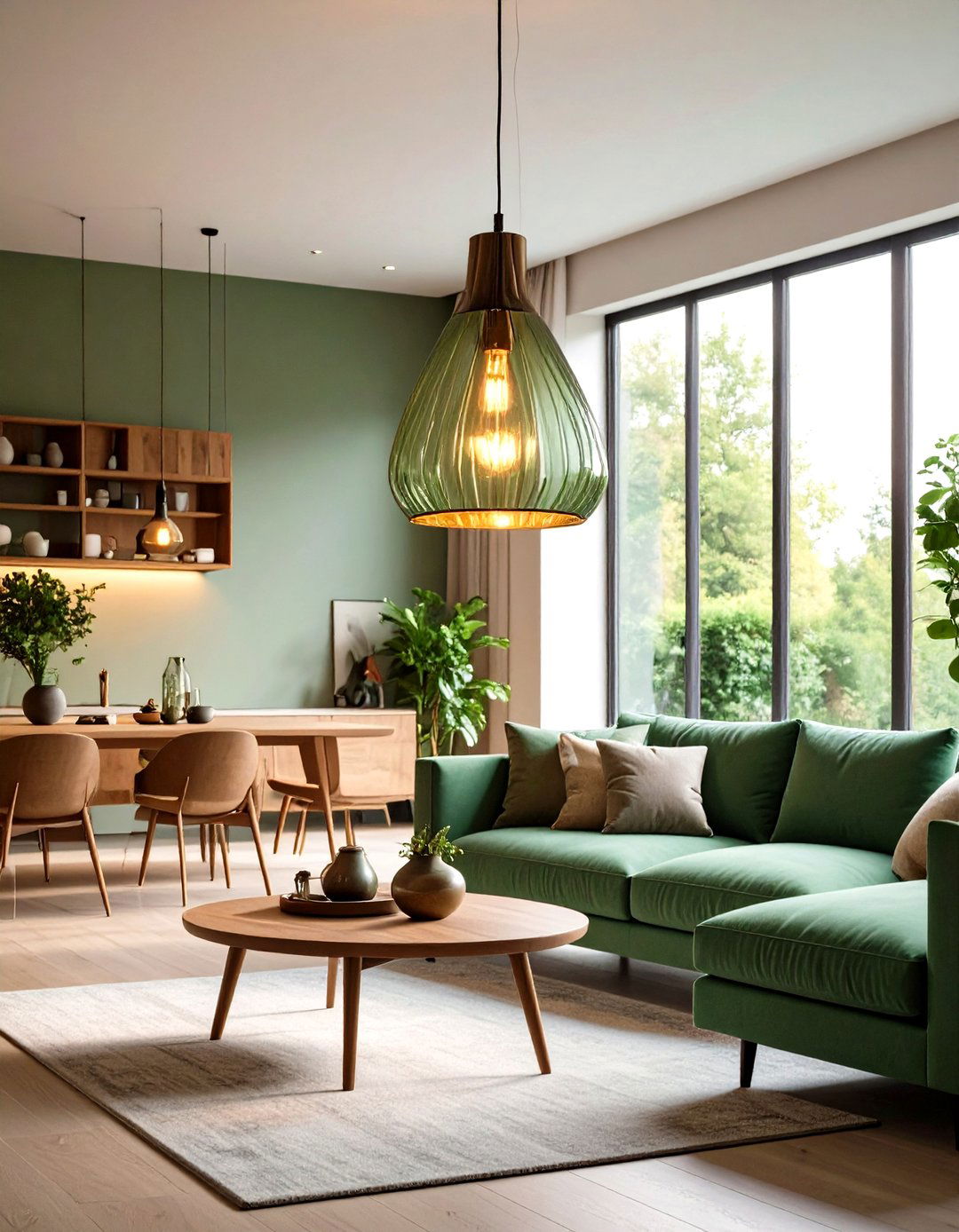
Opt for pendant lights or lamps with sage green glass or metal shades to introduce the color in an unexpected way. These fixtures become sculptural accents that cast a warm, tinted glow. Whether over kitchen islands or beside sofas, green-hued lighting enhances ambiance and ties together decor elements.
19. Sage Green Entryway Tiles

Welcome guests with entryway floors tiled in sage green hexagons or Moroccan patterns. This durable, color-rich foundation sets a stylish tone from the moment one enters. Complement with a neutral rug, brass hardware on console tables, and potted greenery for a cohesive vignette.
20. Sage Green Mixed with Neutrals
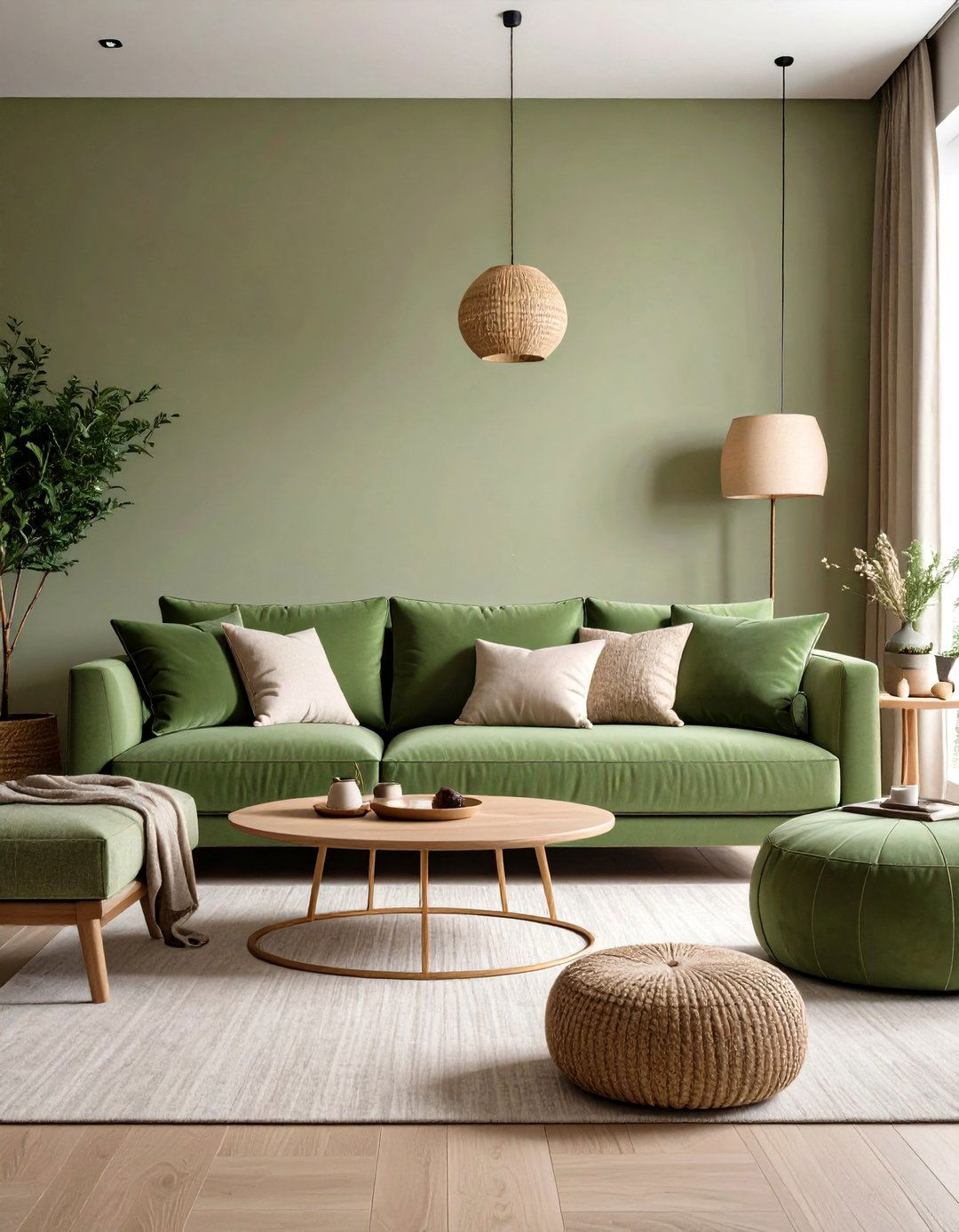
Balance sage green with an array of neutrals—cream, taupe, and warm grays—to maintain versatility. Use green-painted accent furniture against neutral walls, or vice versa. Layer textiles in complementary hues and textures to create depth without overpowering the serene palette.
Conclusion:
Sage green proves its status as a modern design staple by offering both subtlety and character across countless applications. From walls and cabinetry to textiles and accessories, its muted versatility adapts to traditional and contemporary interiors alike. By integrating sage green through décor accents, statement furniture, or architectural details, you can cultivate spaces that feel tranquil, balanced, and effortlessly stylish. Whether you’re undertaking a full-scale renovation or simply refreshing your accessories, these twenty ideas demonstrate that sage green is a timeless choice for bringing calm sophistication into any home.


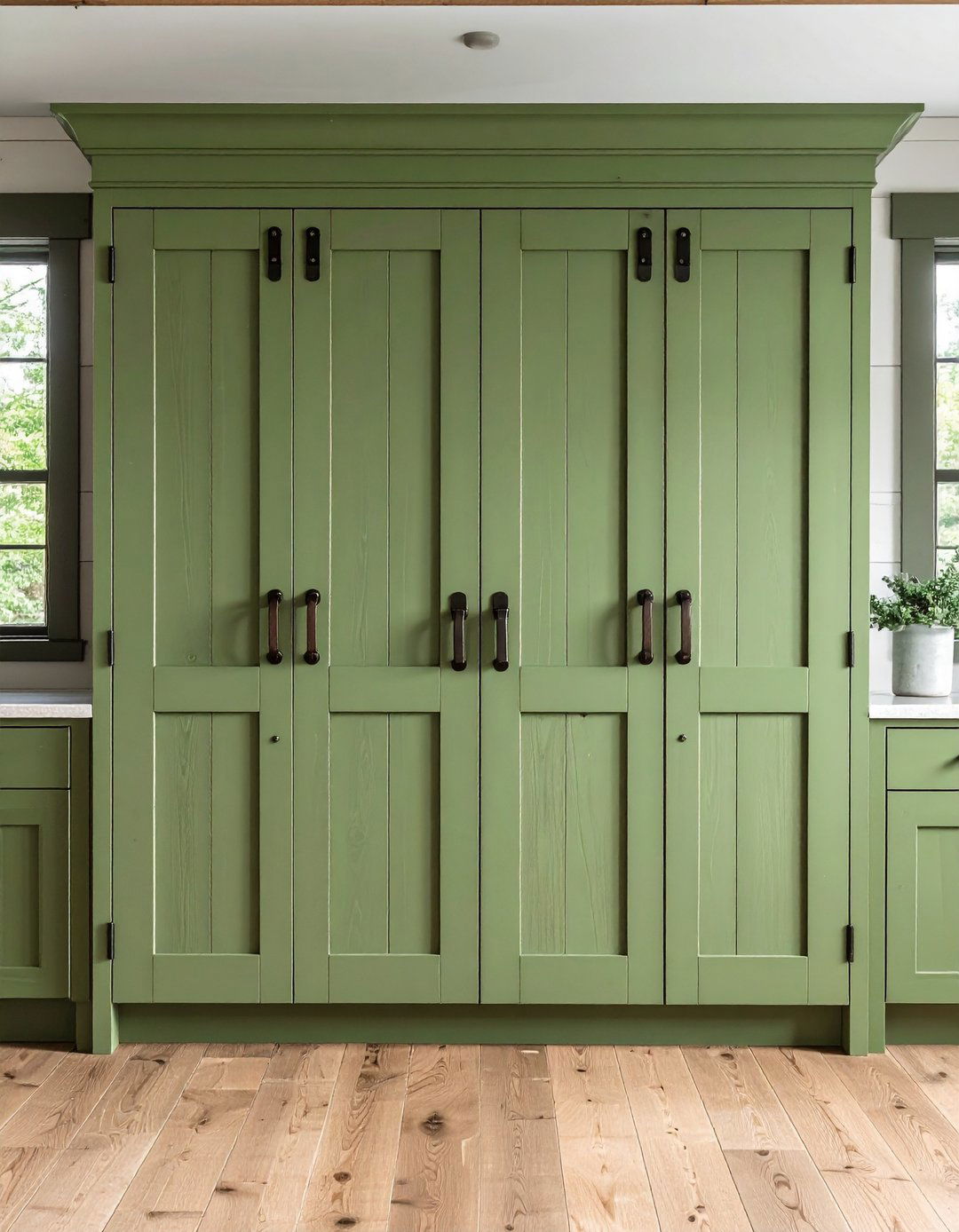
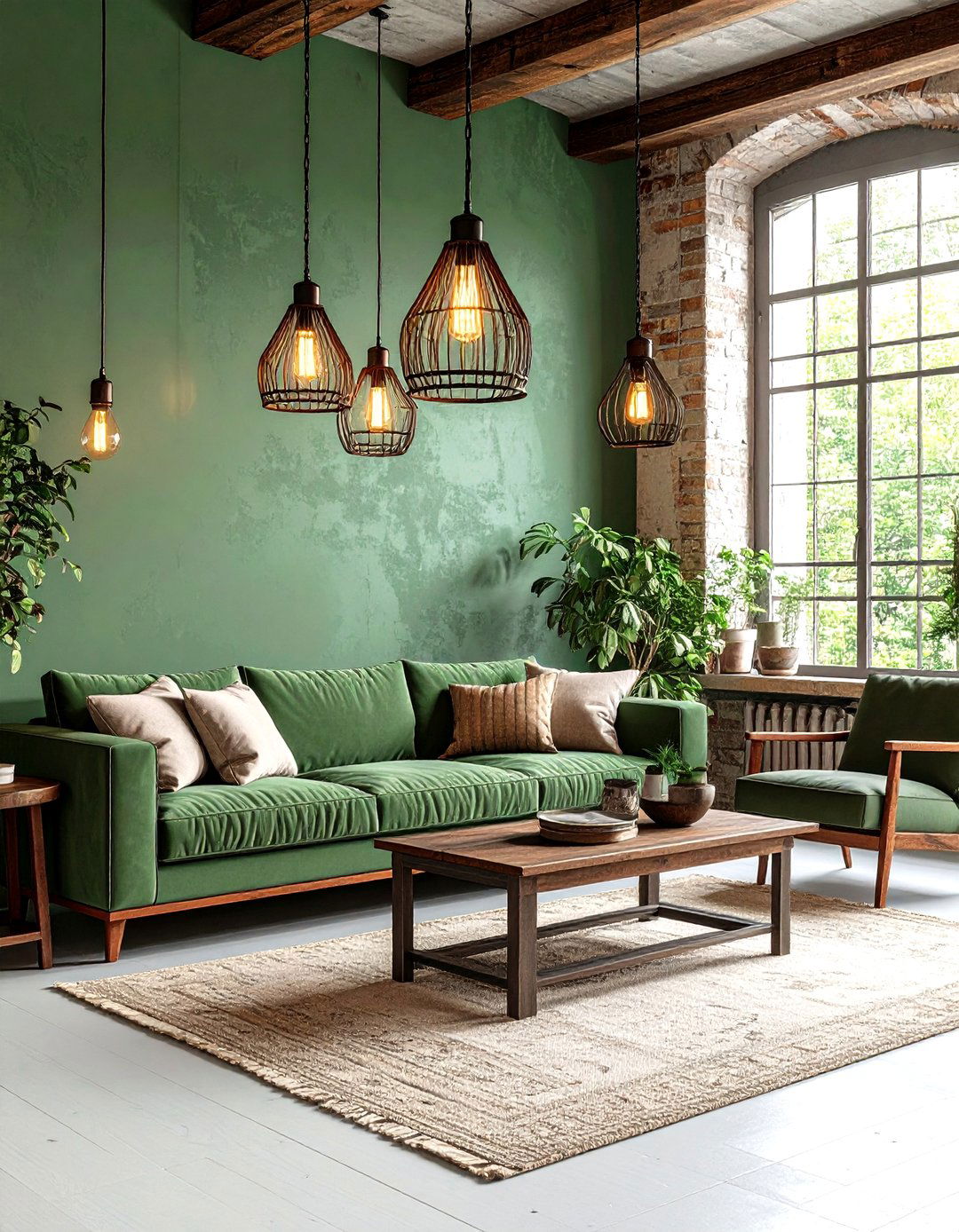

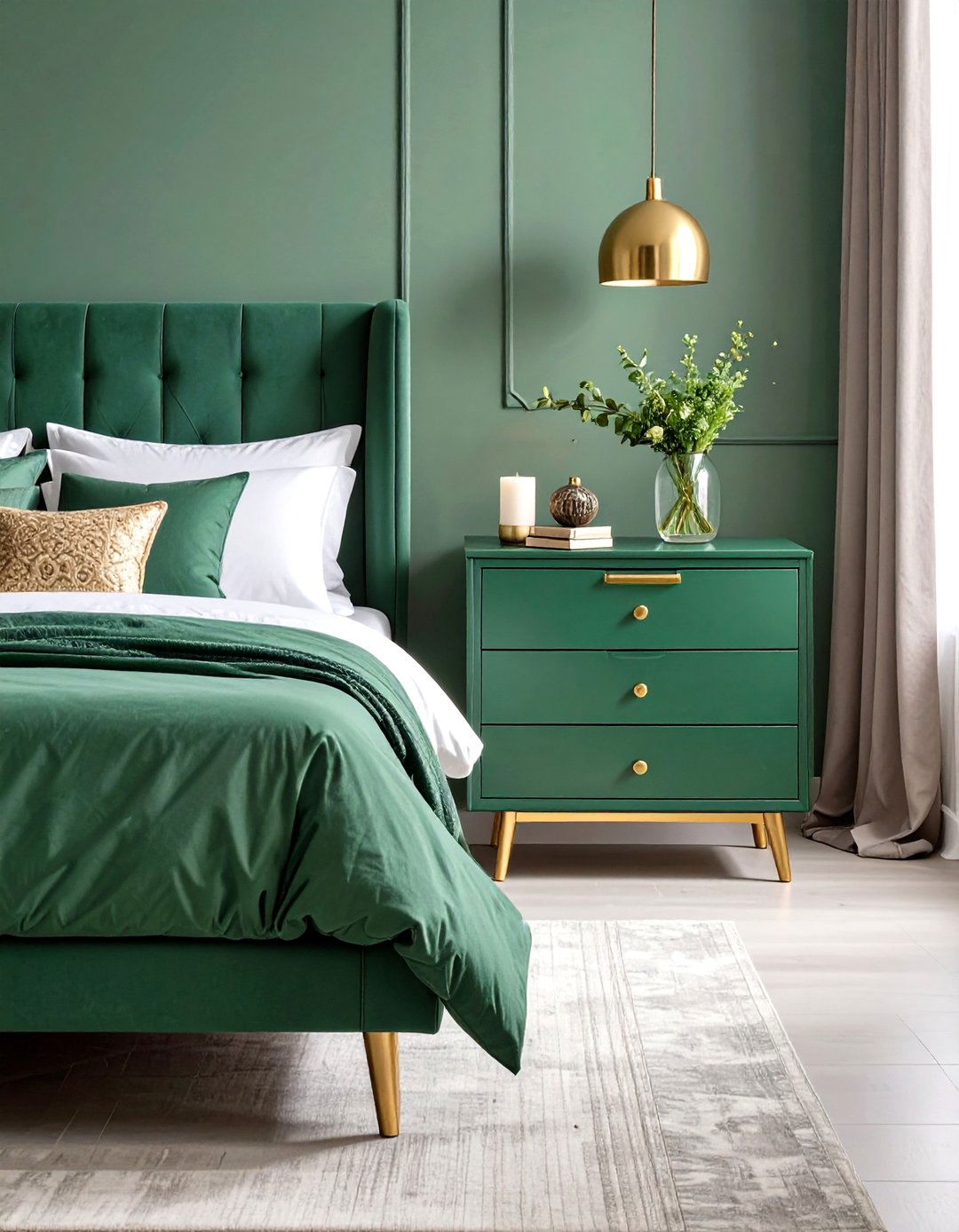
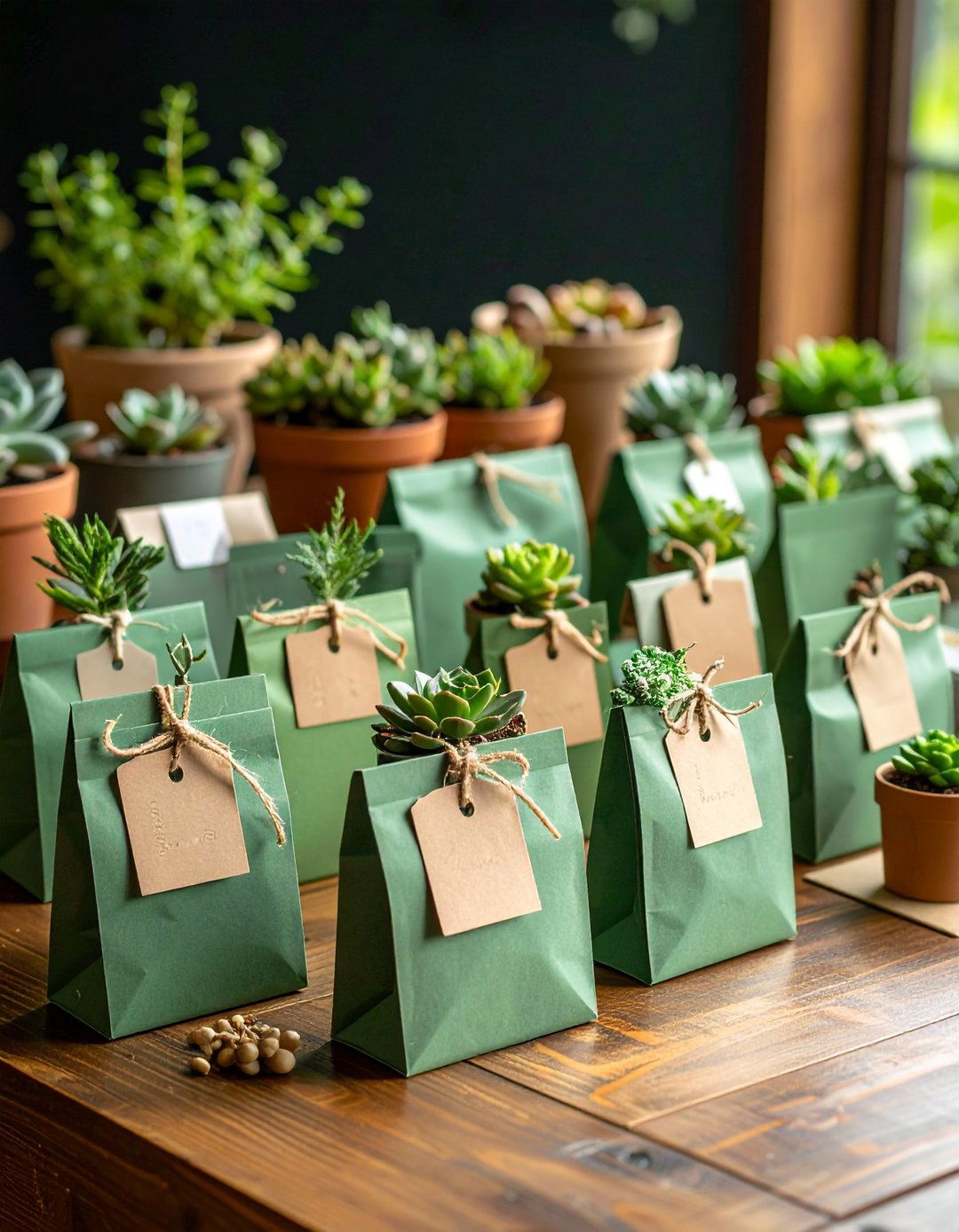
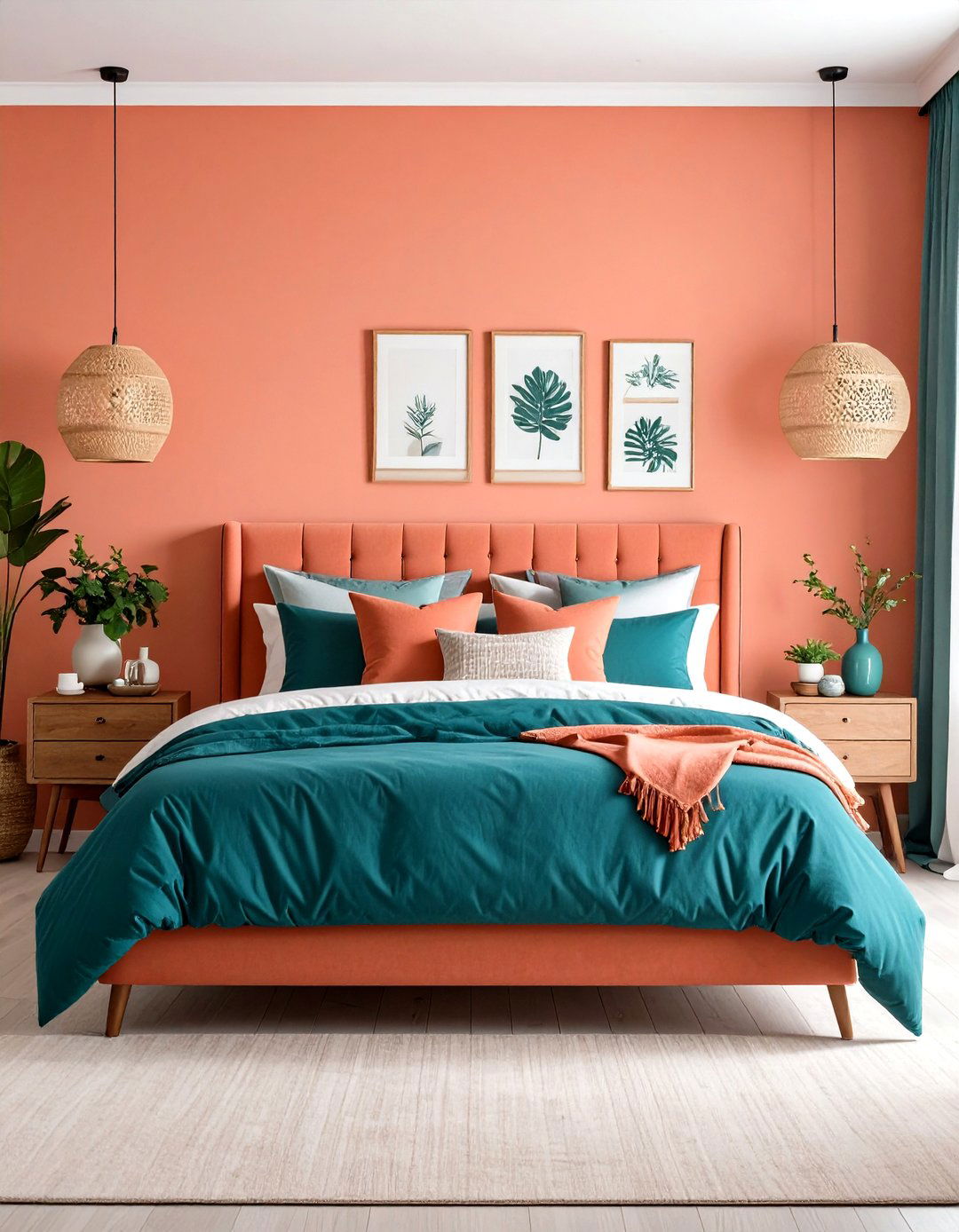
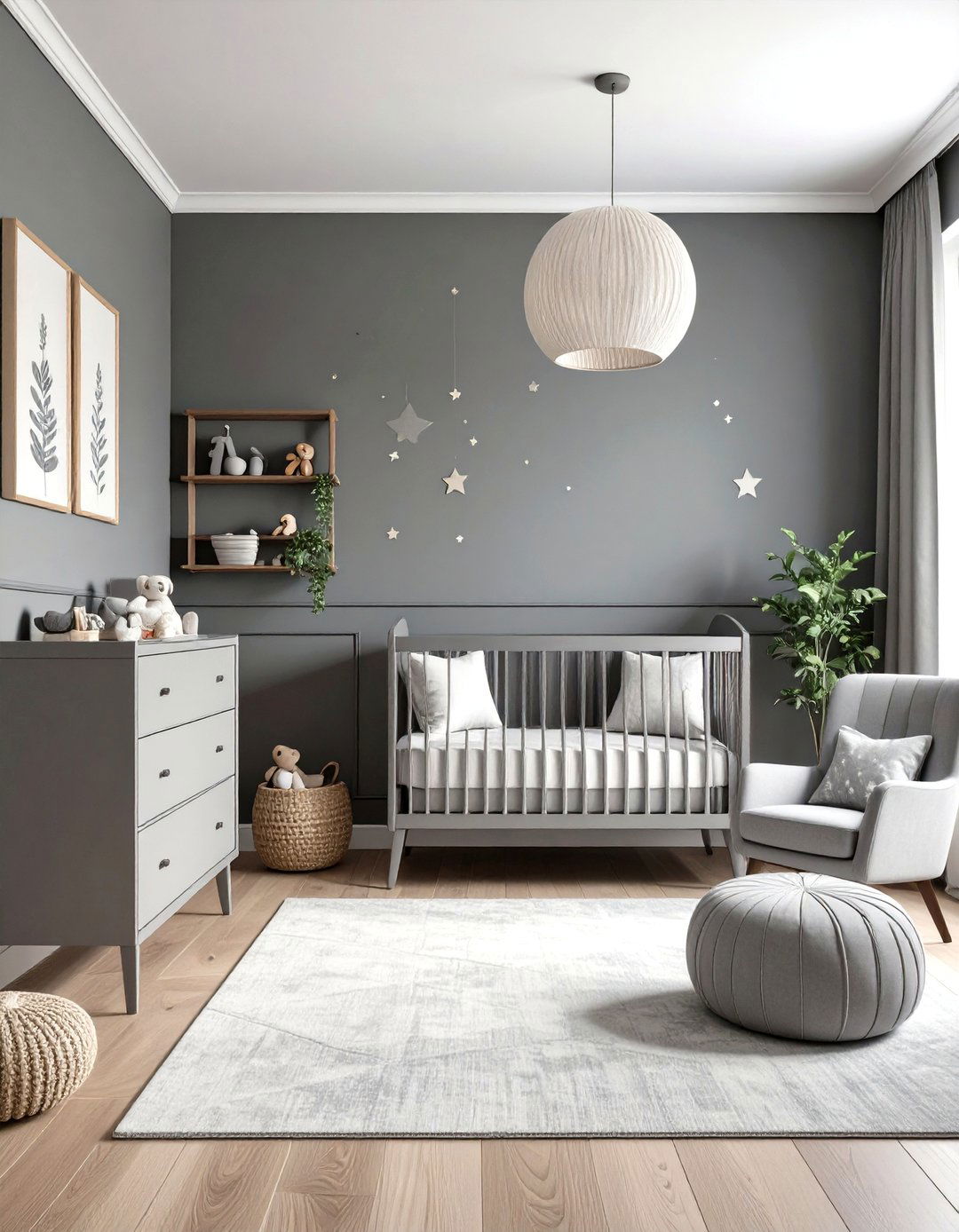
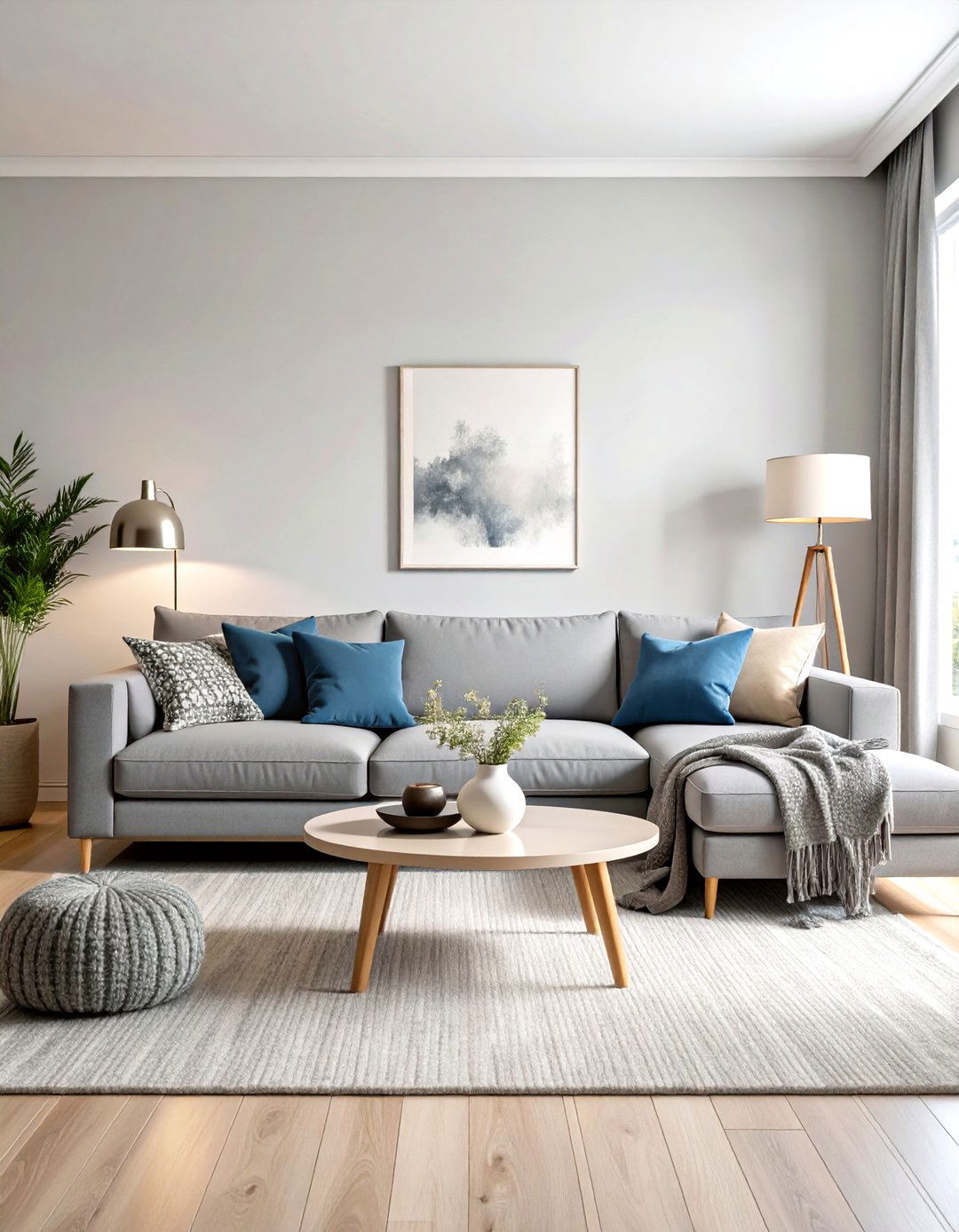
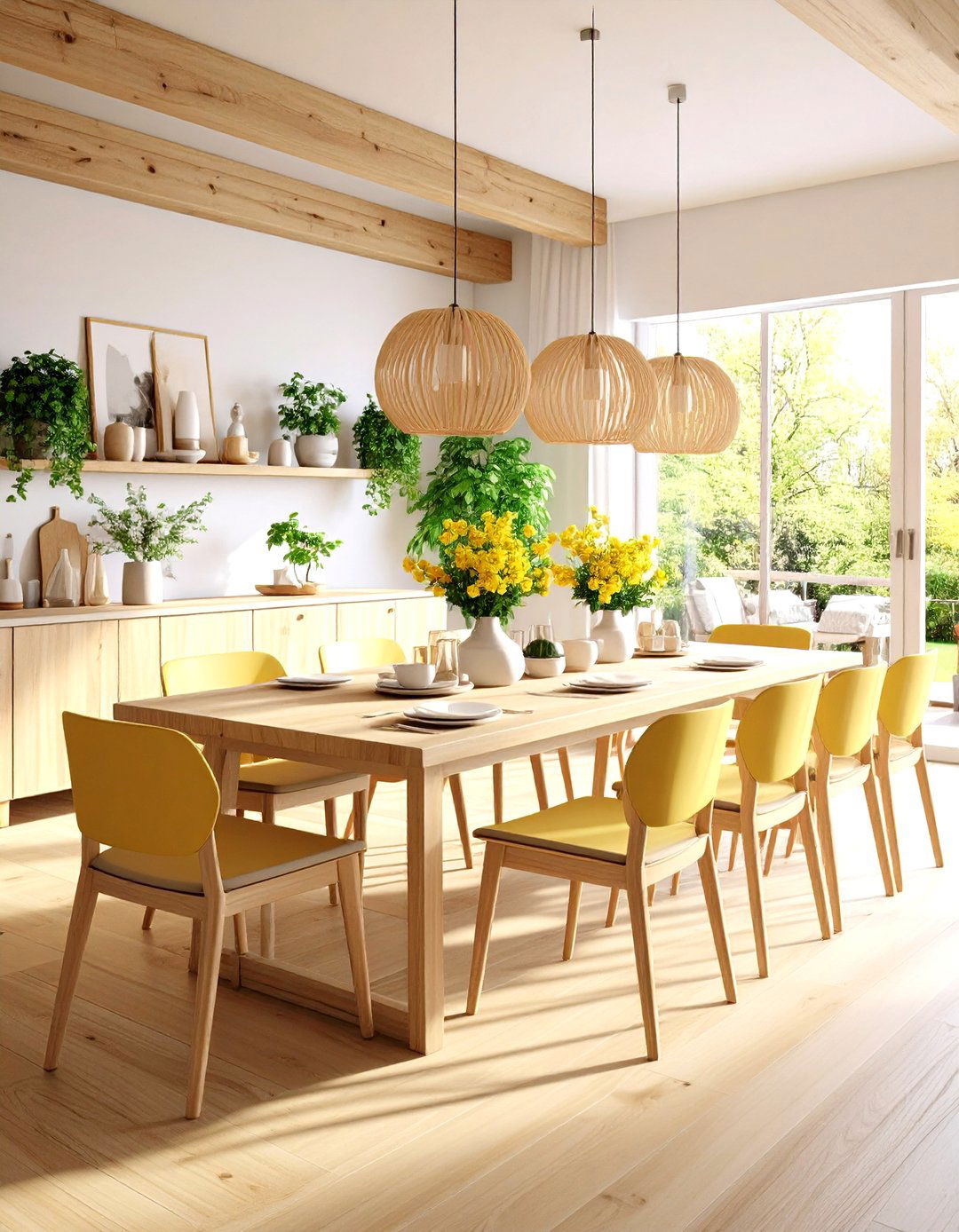
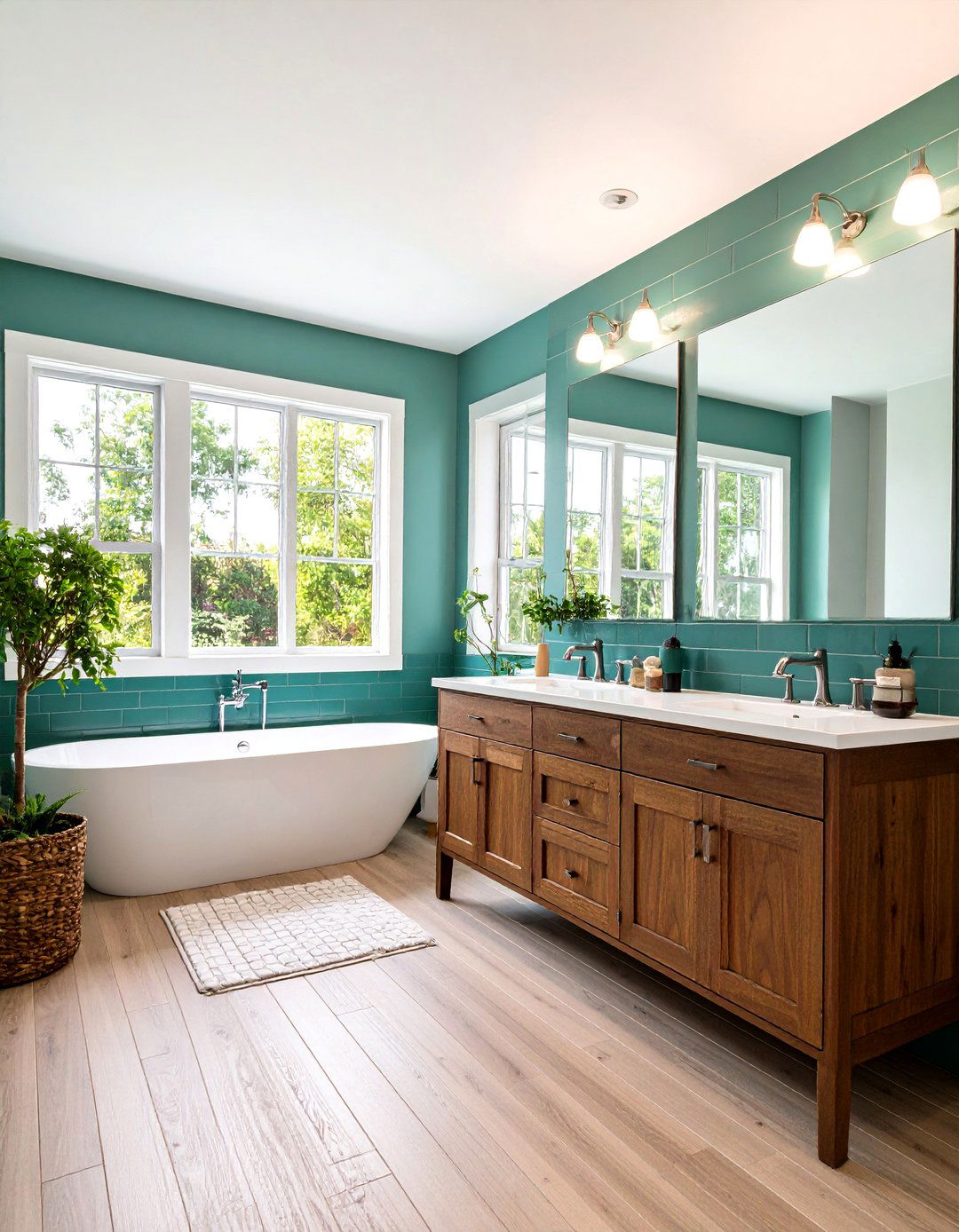
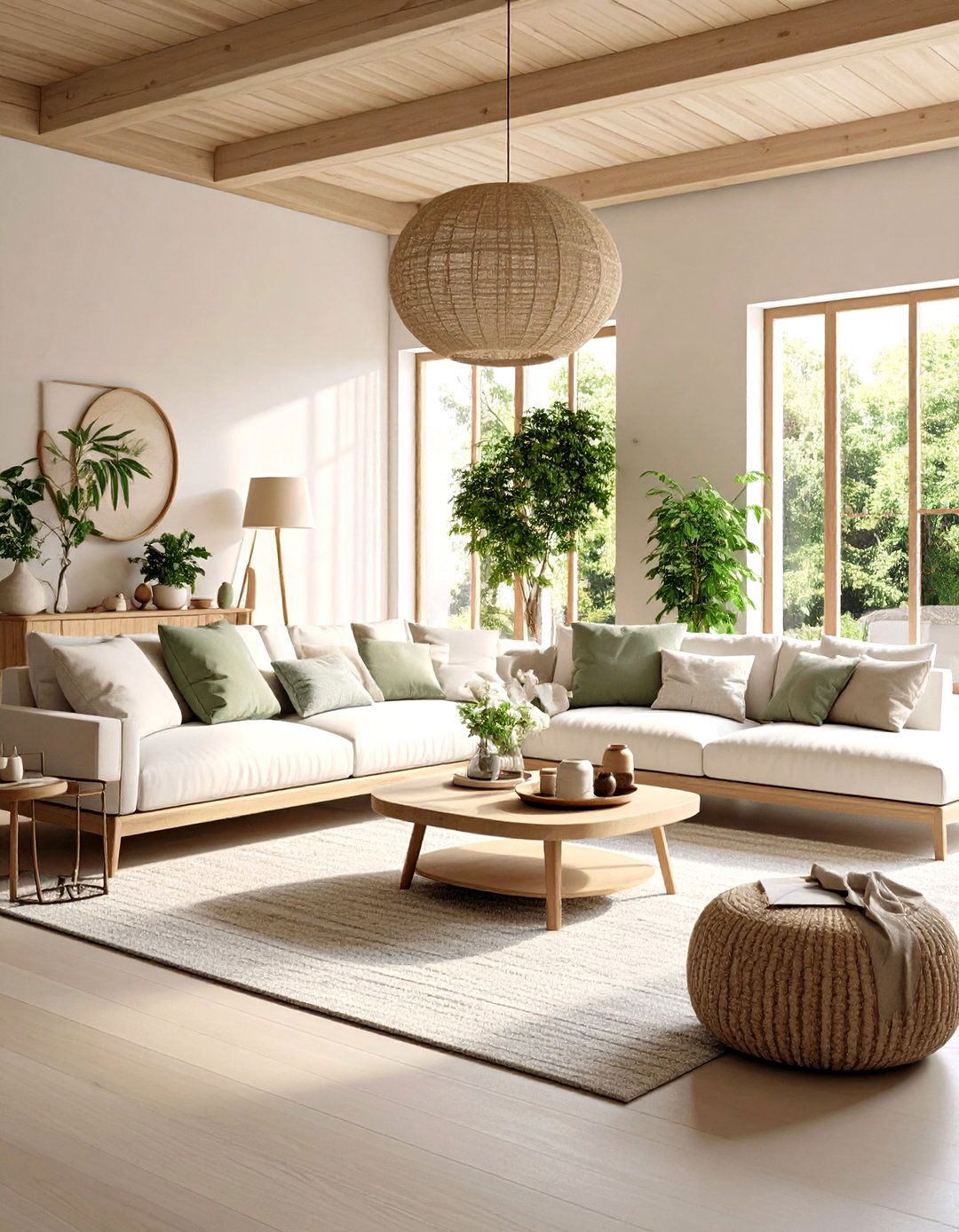
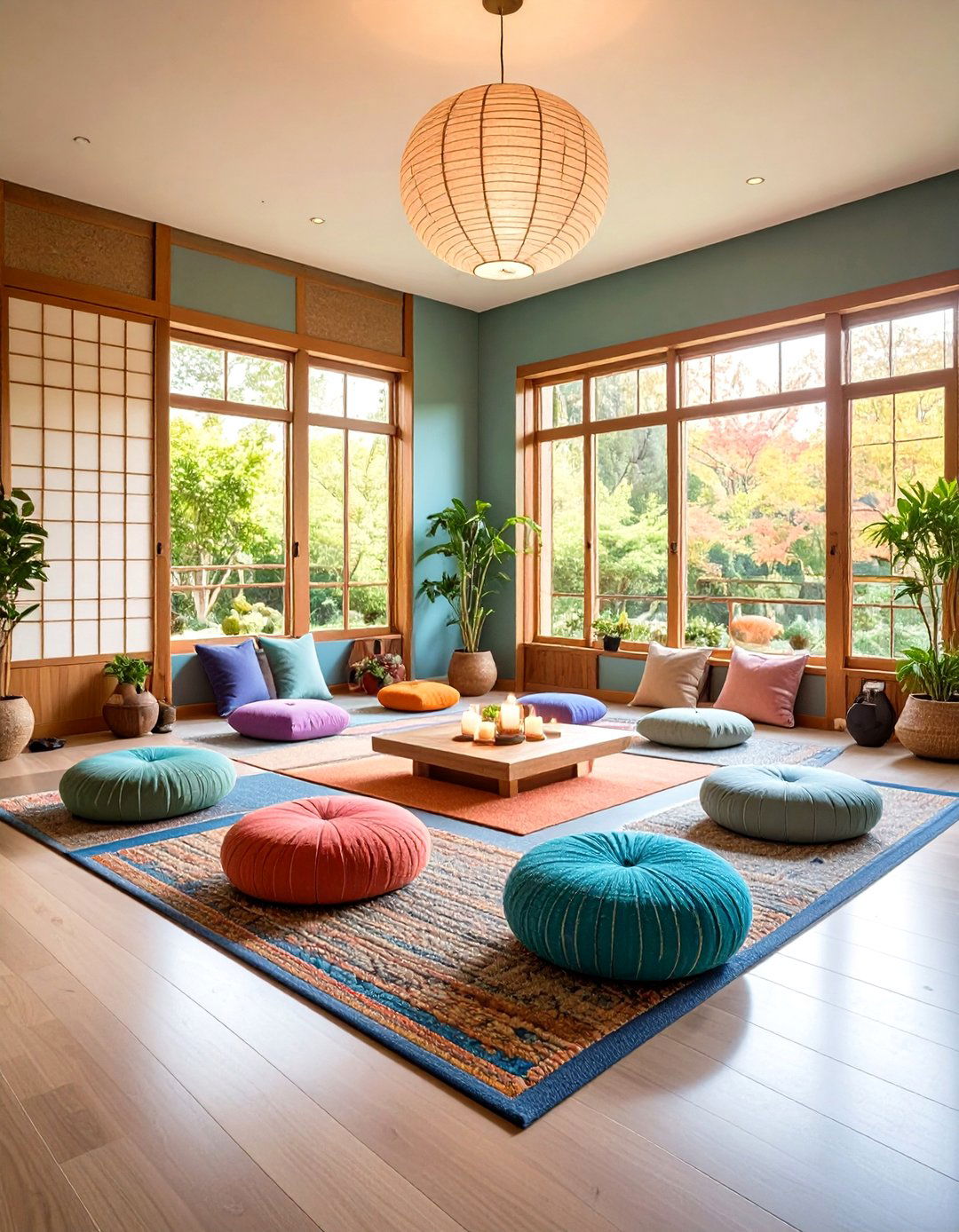
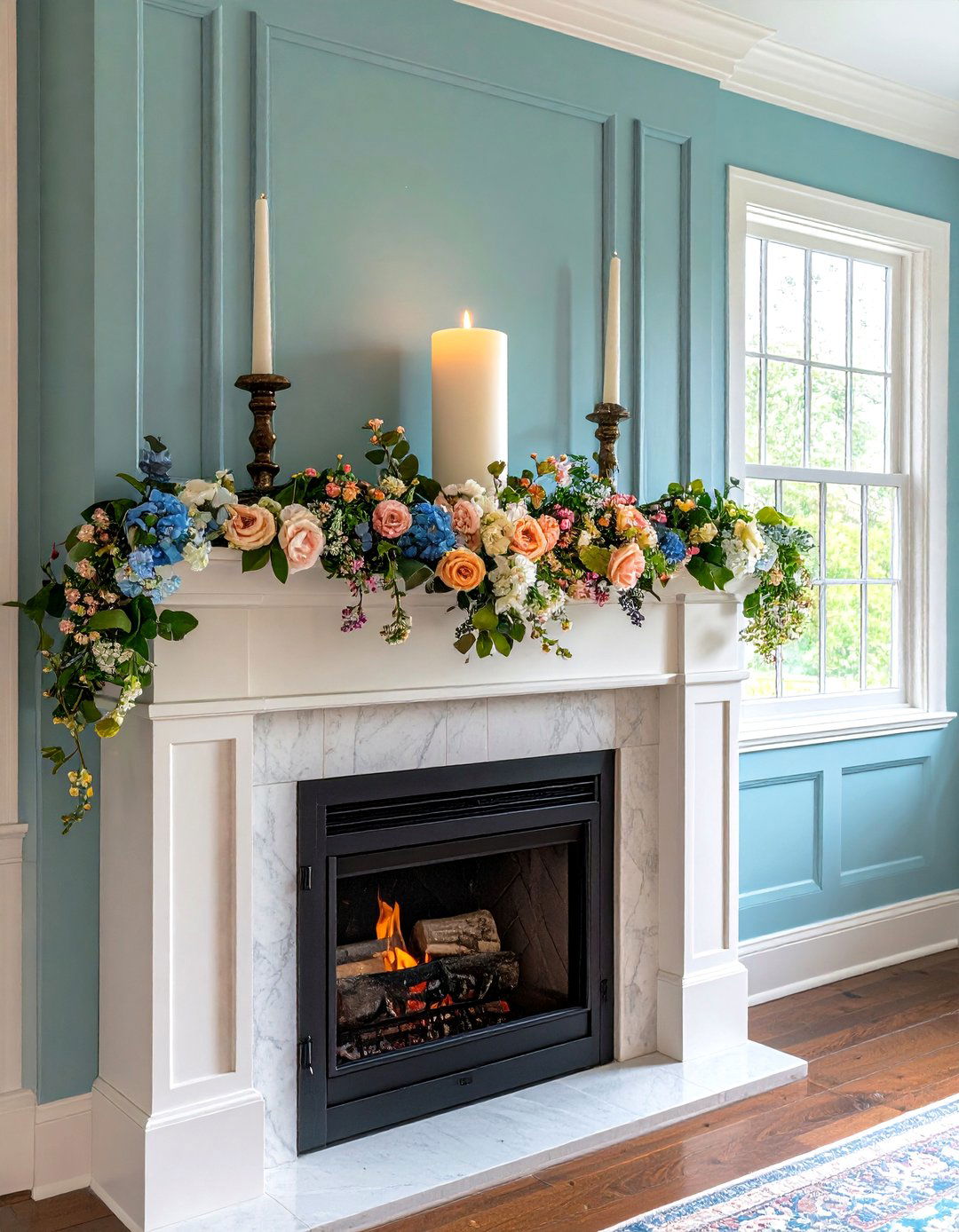
Leave a Reply